Burnthouse Lane
The Burnthouse Lane estate was first dreamt up by Exeter Council in the idealistic 1920s to rehouse impoverished people from the West Quarter slum. Designed along Garden City lines and purposely self-contained it was a place for working-class families to live. In the 1980s, Margaret Thatcher’s Right to Buy scheme meant that some of the properties became privately owned, but Burnt House Lane is still referred to as a council estate. The deprivation it was supposed to overcome has continued to haunt it, but the isolated nature of the estate and its intricate labyrinth of lanes, have also made for positives, such as a close-knit community and a sense of solidarity among the residents.
Often considered a no-go area in the past, my experience has been completely different – it is one where I have been welcomed and embraced within the community.
It is this positivity that I wanted to highlight. I have always been drawn to this area because of the way it embraces diversity and the individuality that emanates from this – both in the way people express themselves but also how this is reflected in the adornment of their properties which for the most part have identical fabric, but which are charged with a personal stamp in the gardens, in the windows and even in the wall faces - my use of strong colour and light accentuating this sense of celebration.
This series will be published by Dewi Lewis publishing in Spring 2024 with an accompanying essay by Diane Smyth editor of The British Journal of Photography.

House and Church, Burnthouse Lane

Bill outside his house
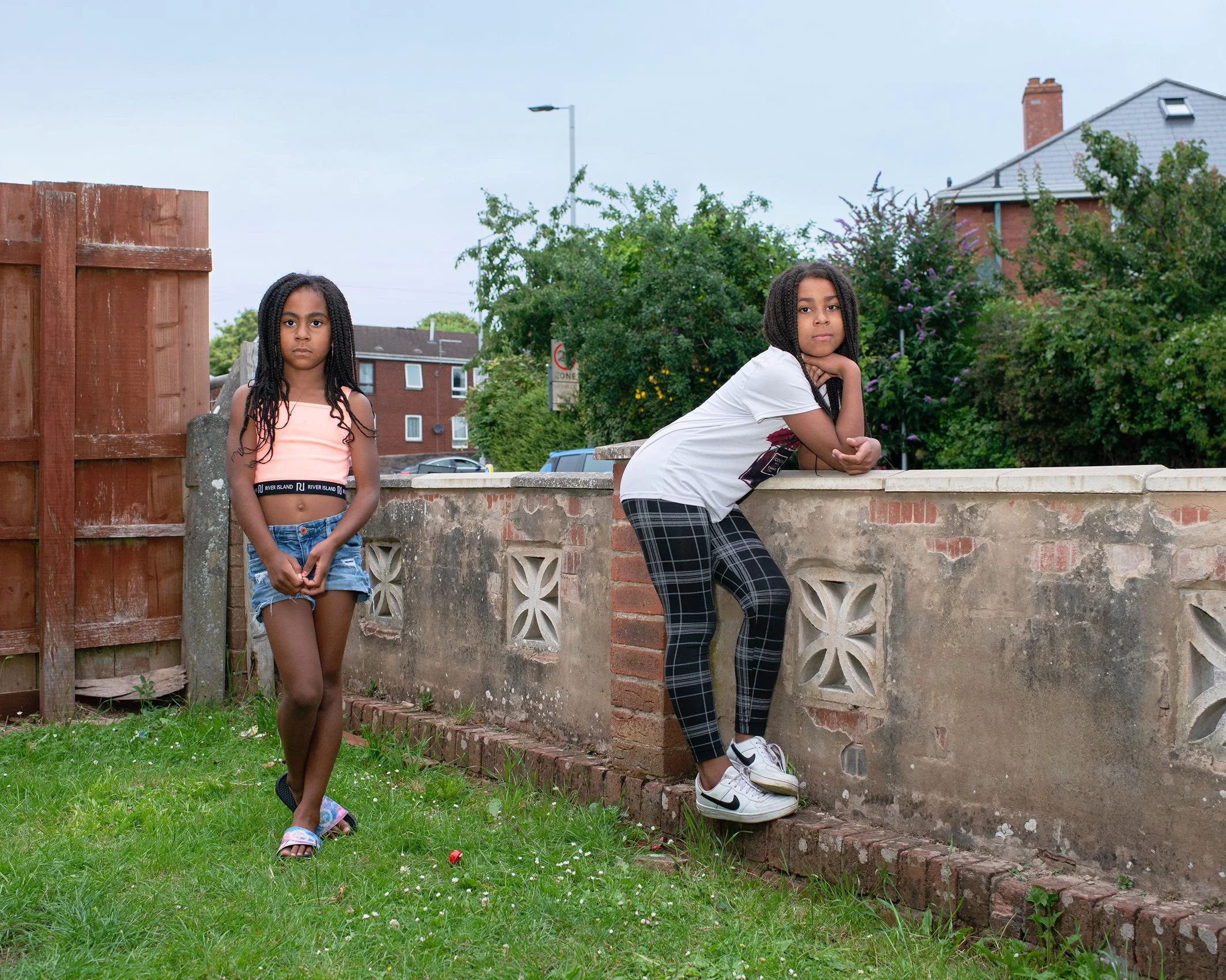
Sisters Ayisha and Amaya in their front garden
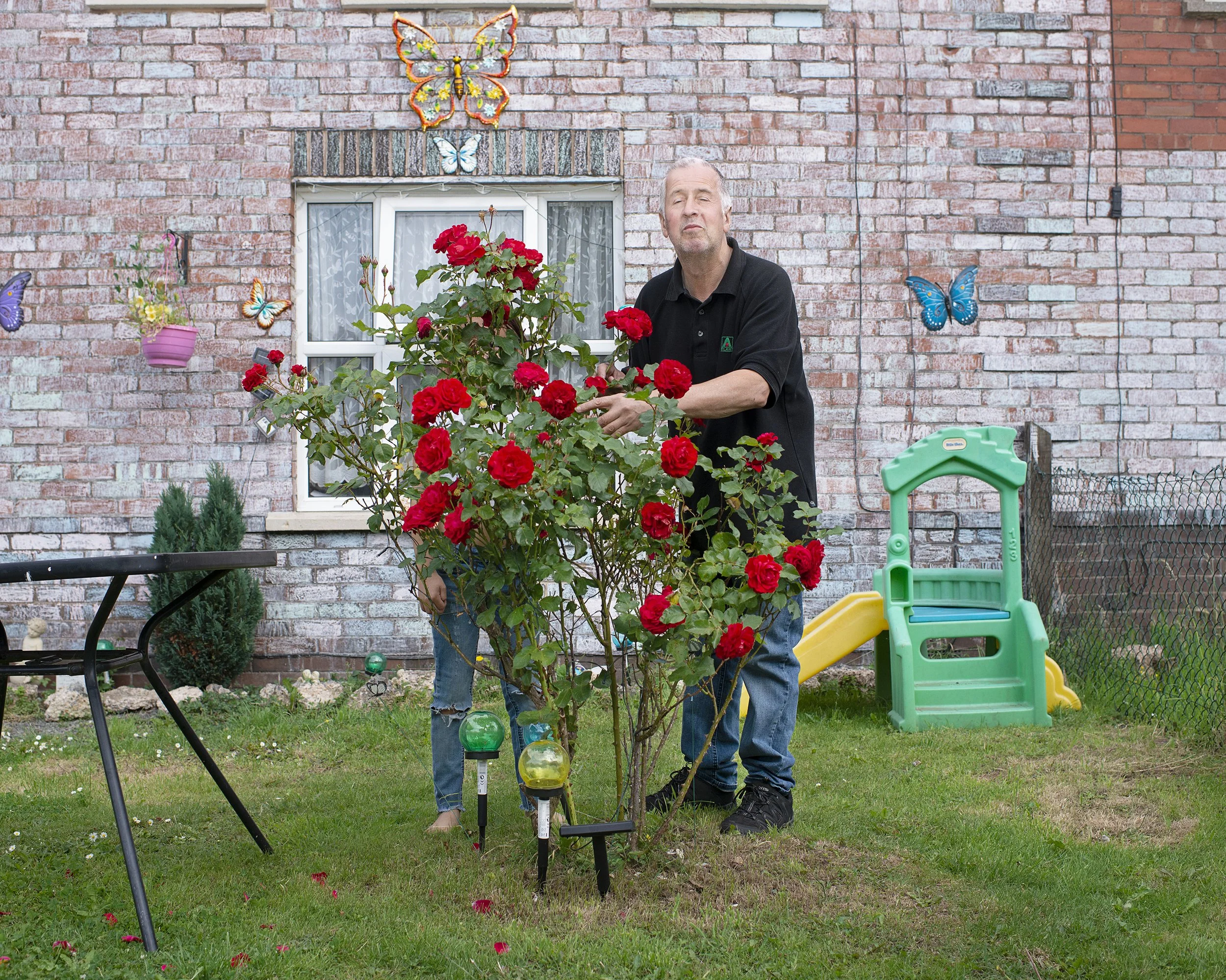
Neighbours in garden, NHS Covid Decorated House
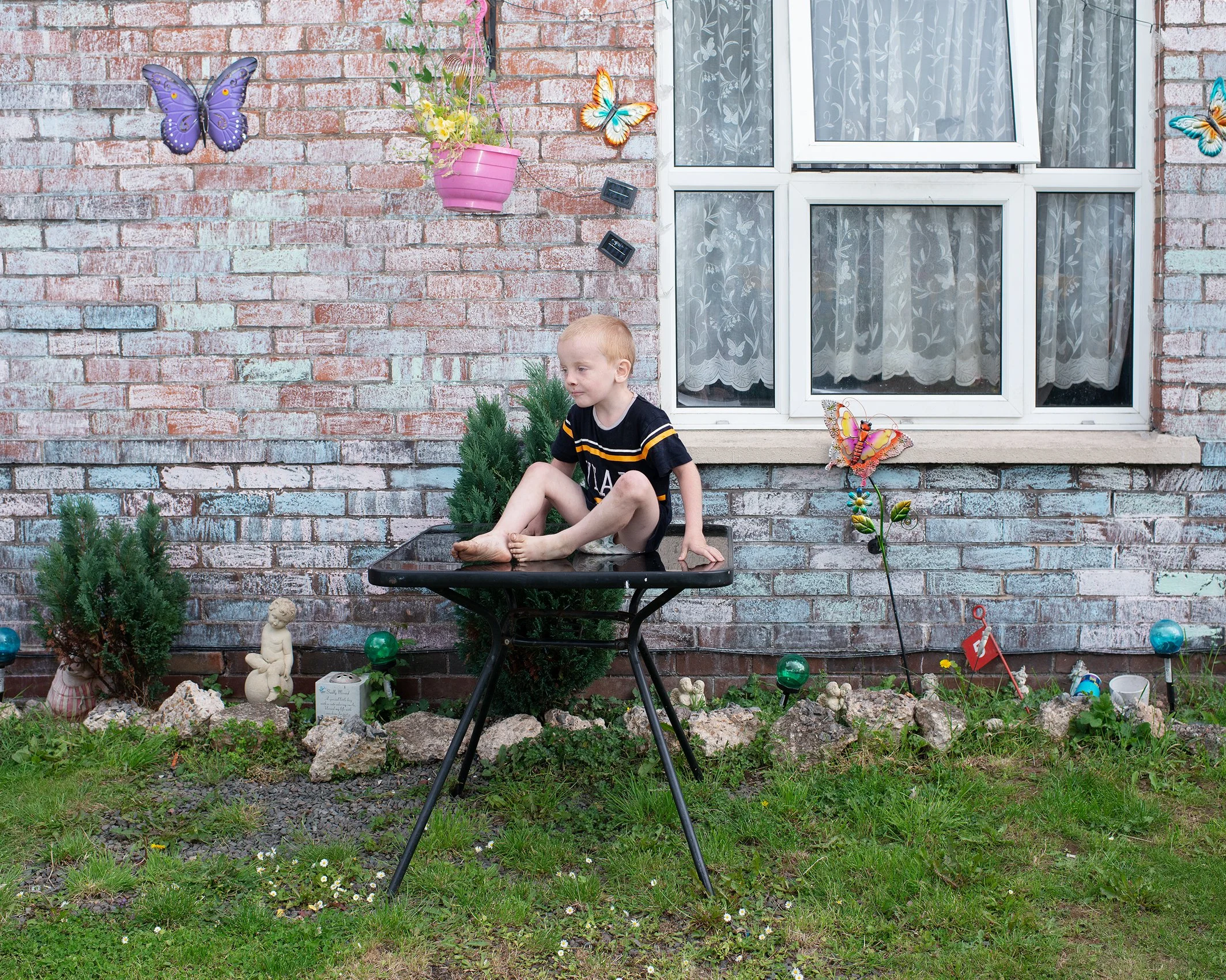
Young boy with butterflies in his front garden
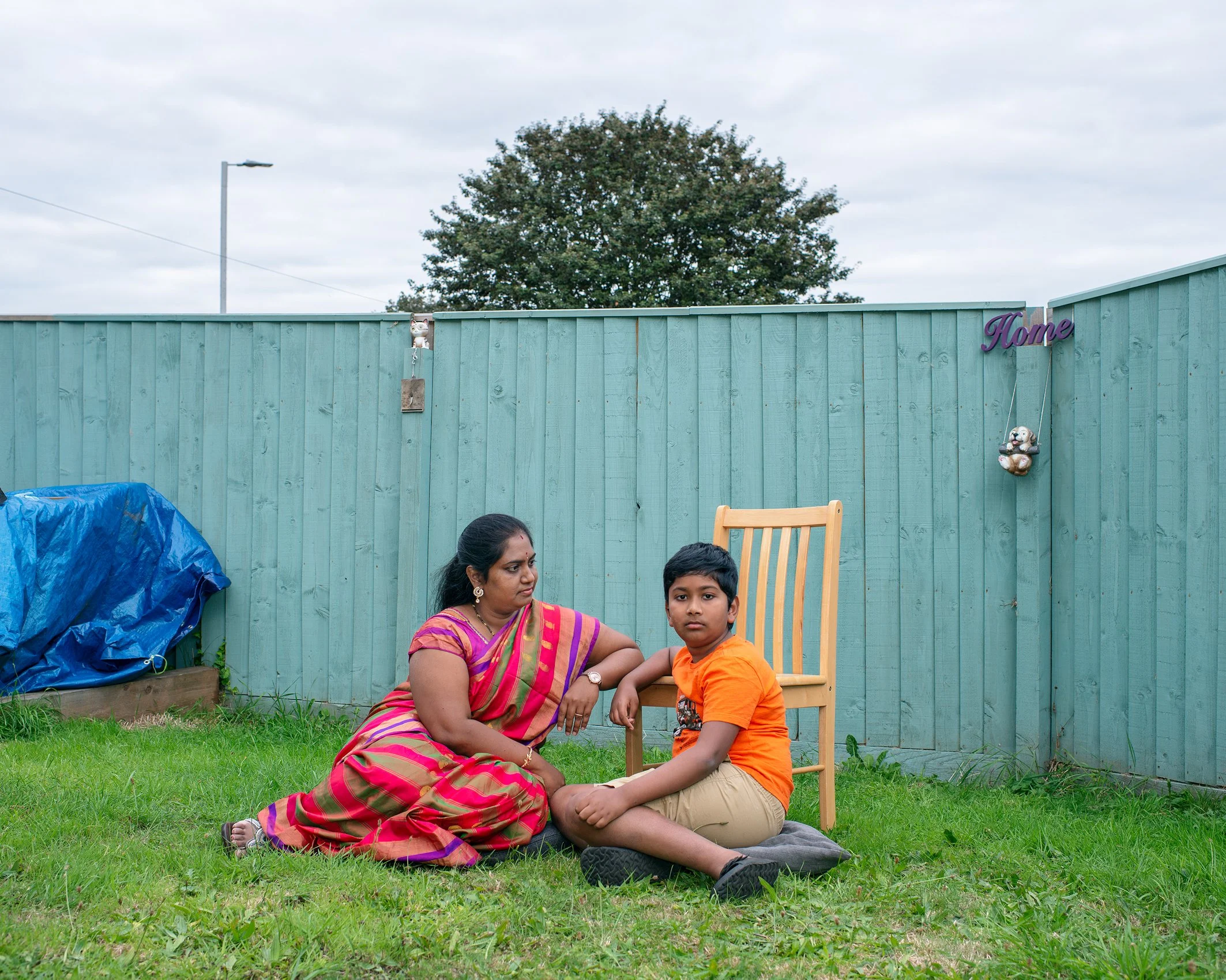
Sangeeta and son Ganesh in their garden
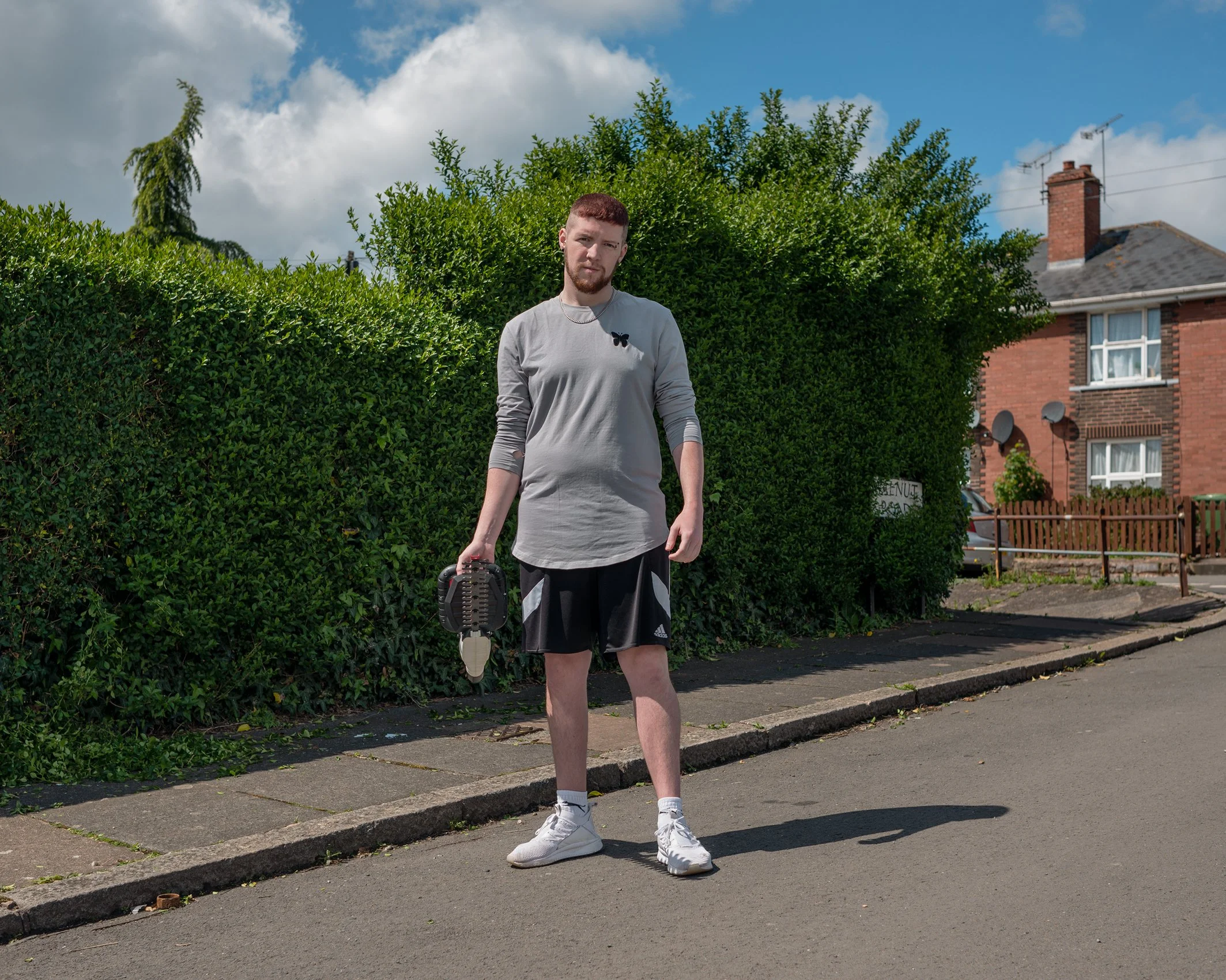
Kyle
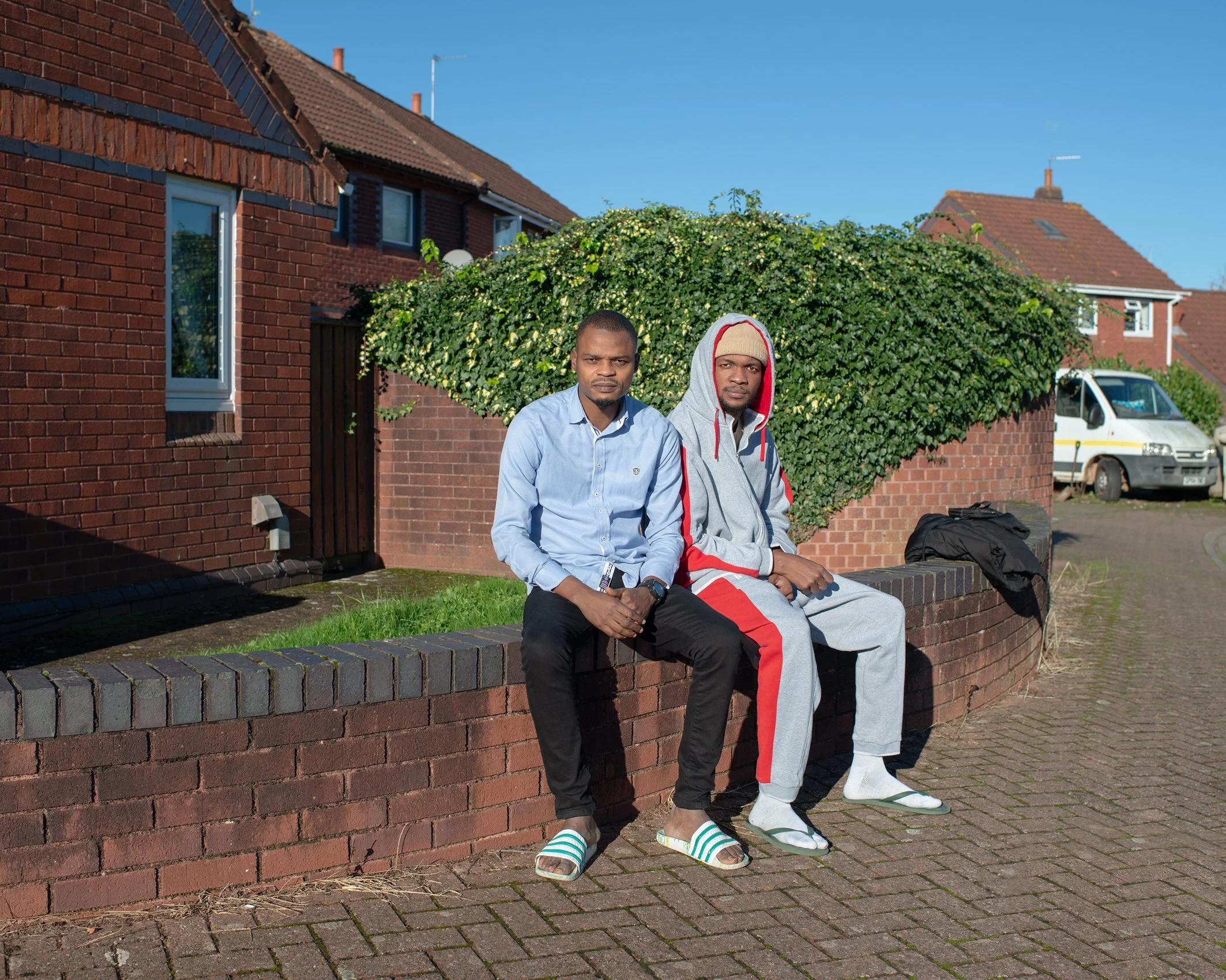
Oje and Danil

Kylie outside her house
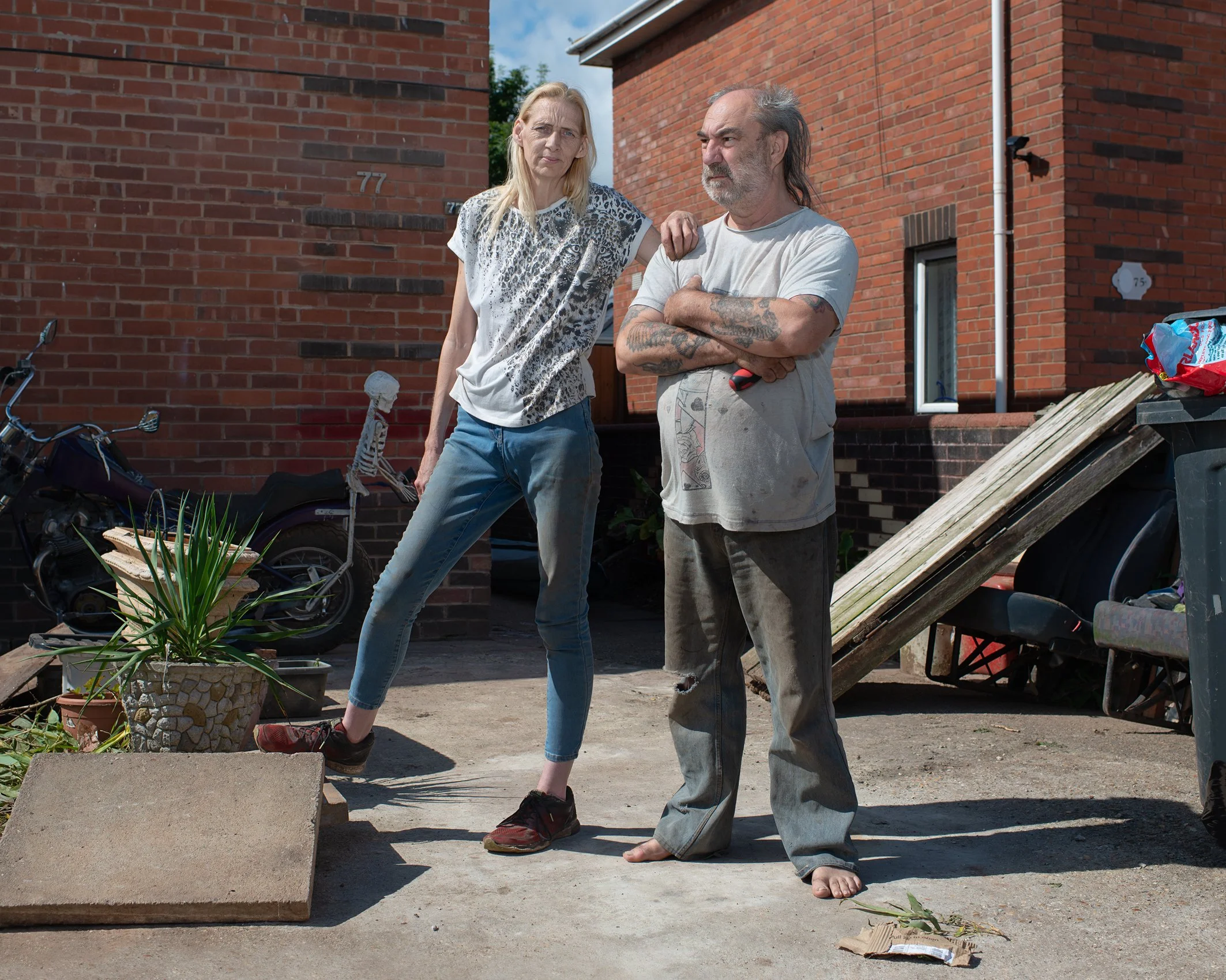
Lorraine and Mark in their front yard
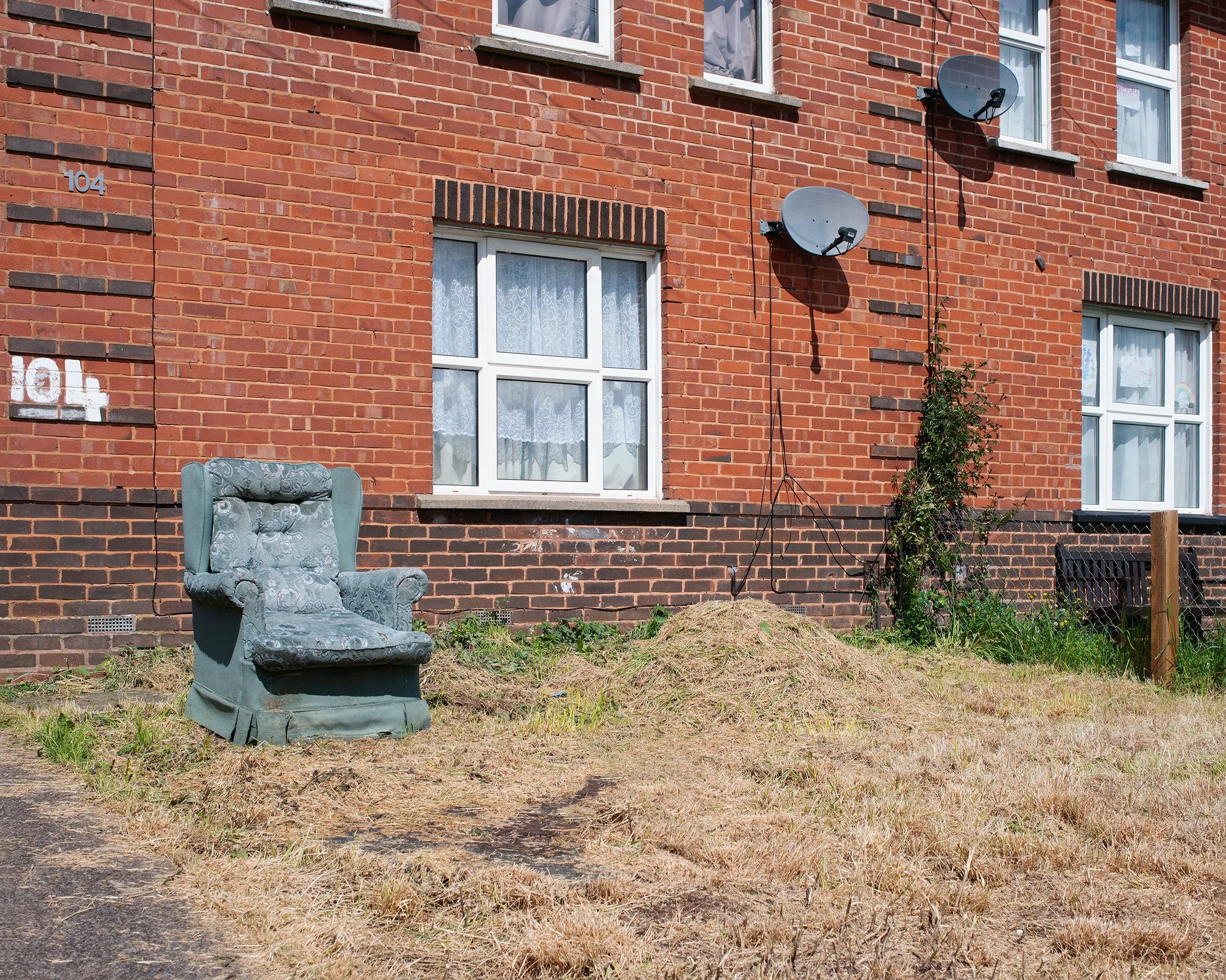
House with Chair
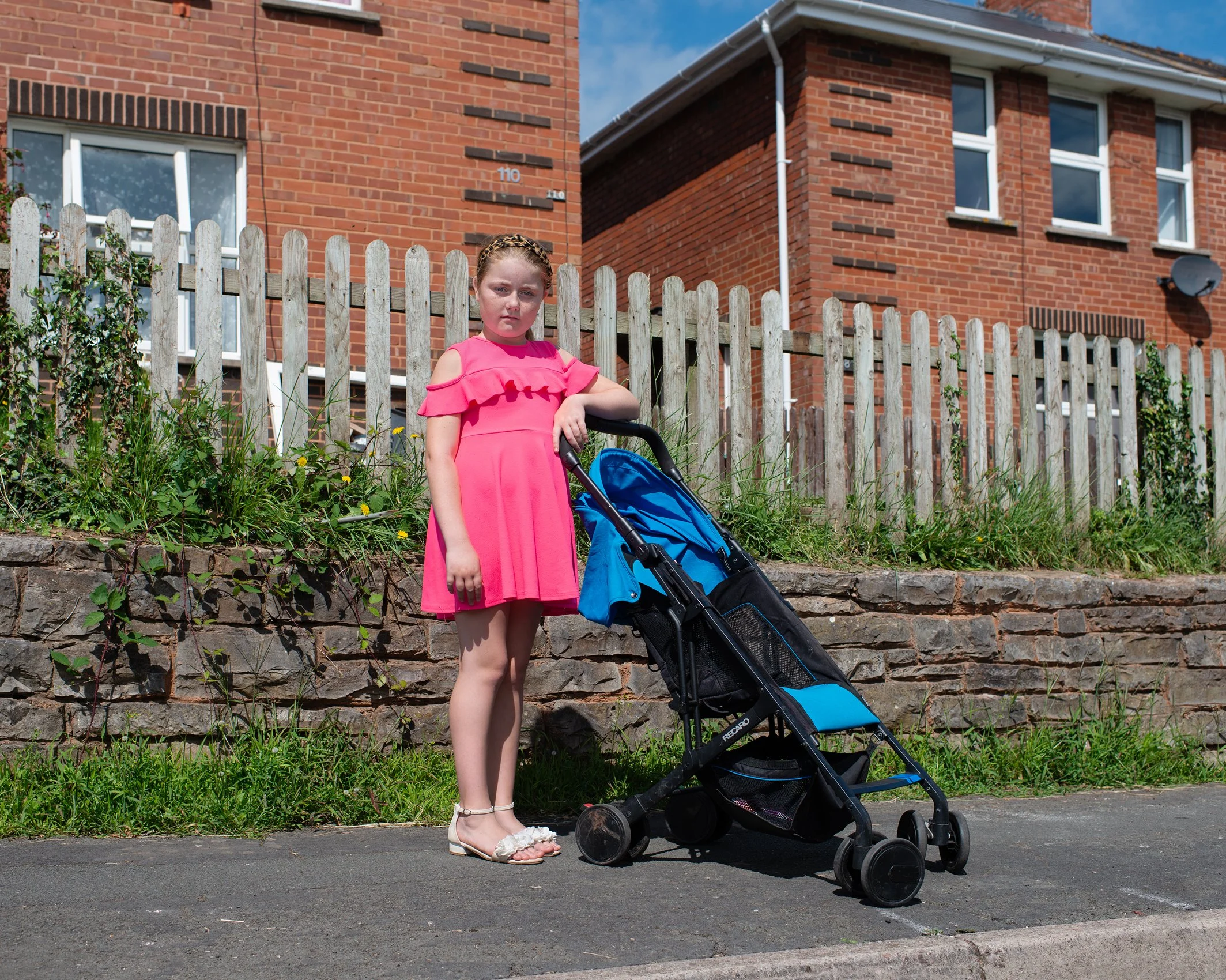
Nikita

Keisha, Lacey and Lexi outside Billy's house

House with Curtains

Woman in doorway

Melanie in her front garden

Elderly woman walking in street
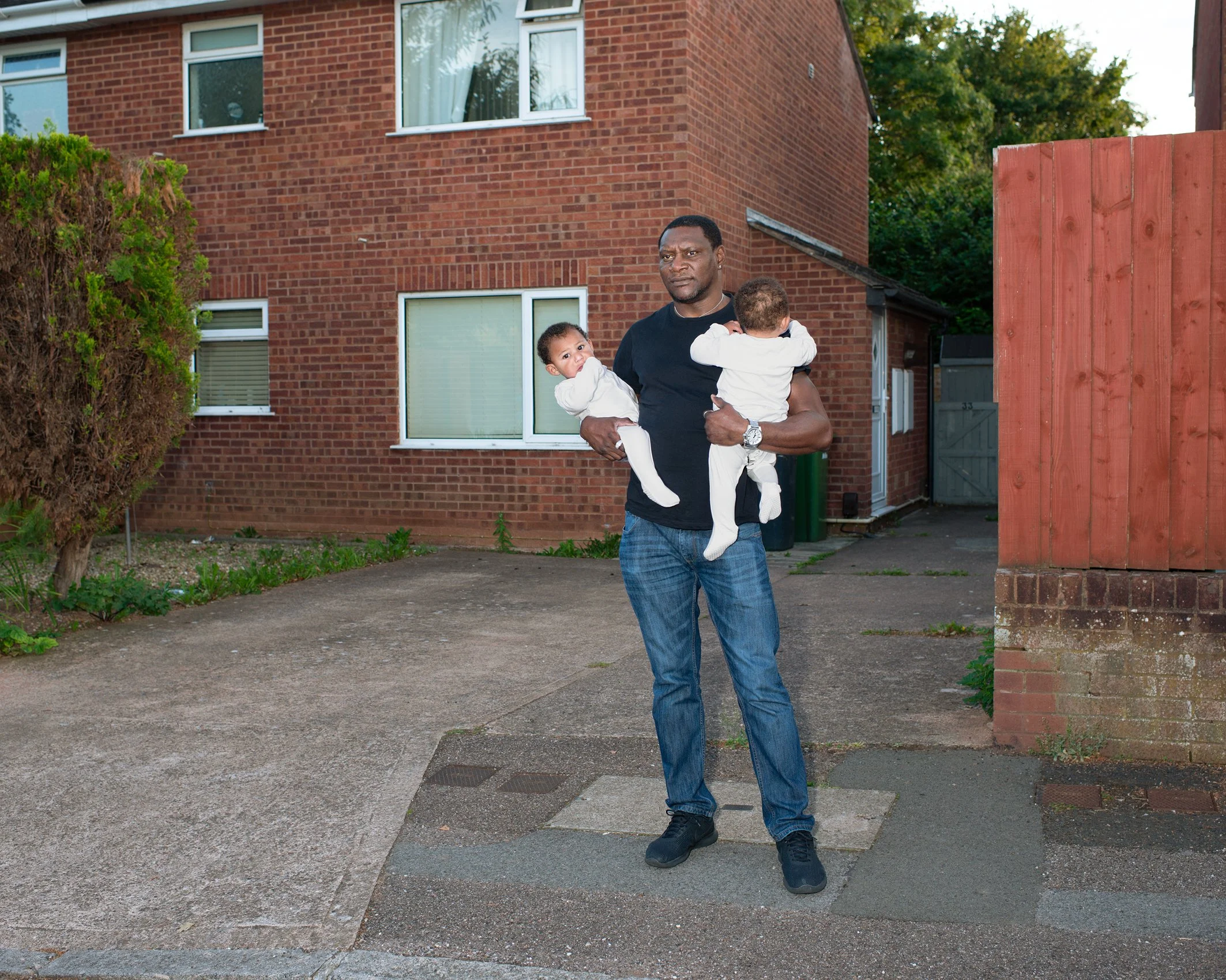
Onos and Twin Sons
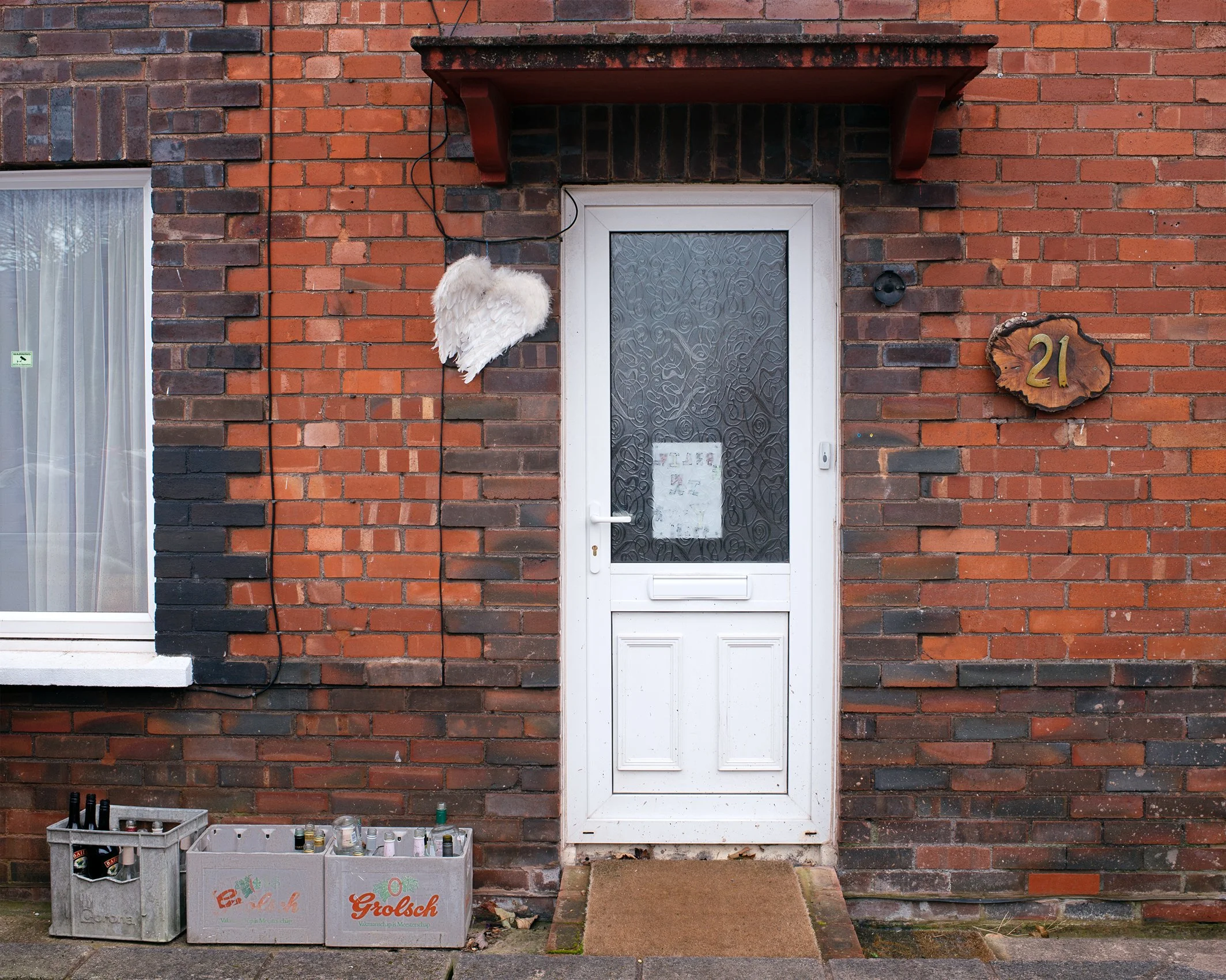
House with Angel Wings
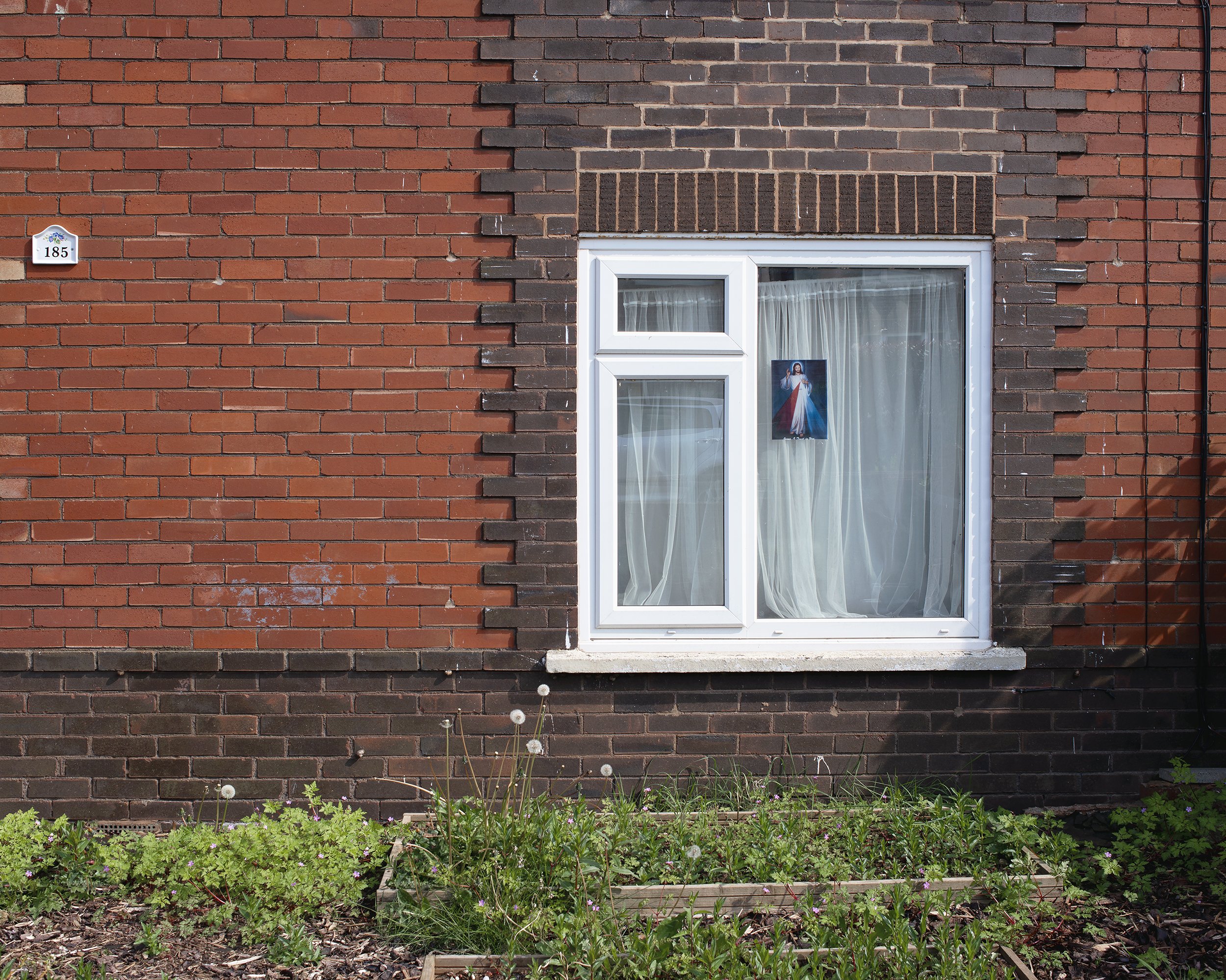
House with Jesus

Jake

King Elvis
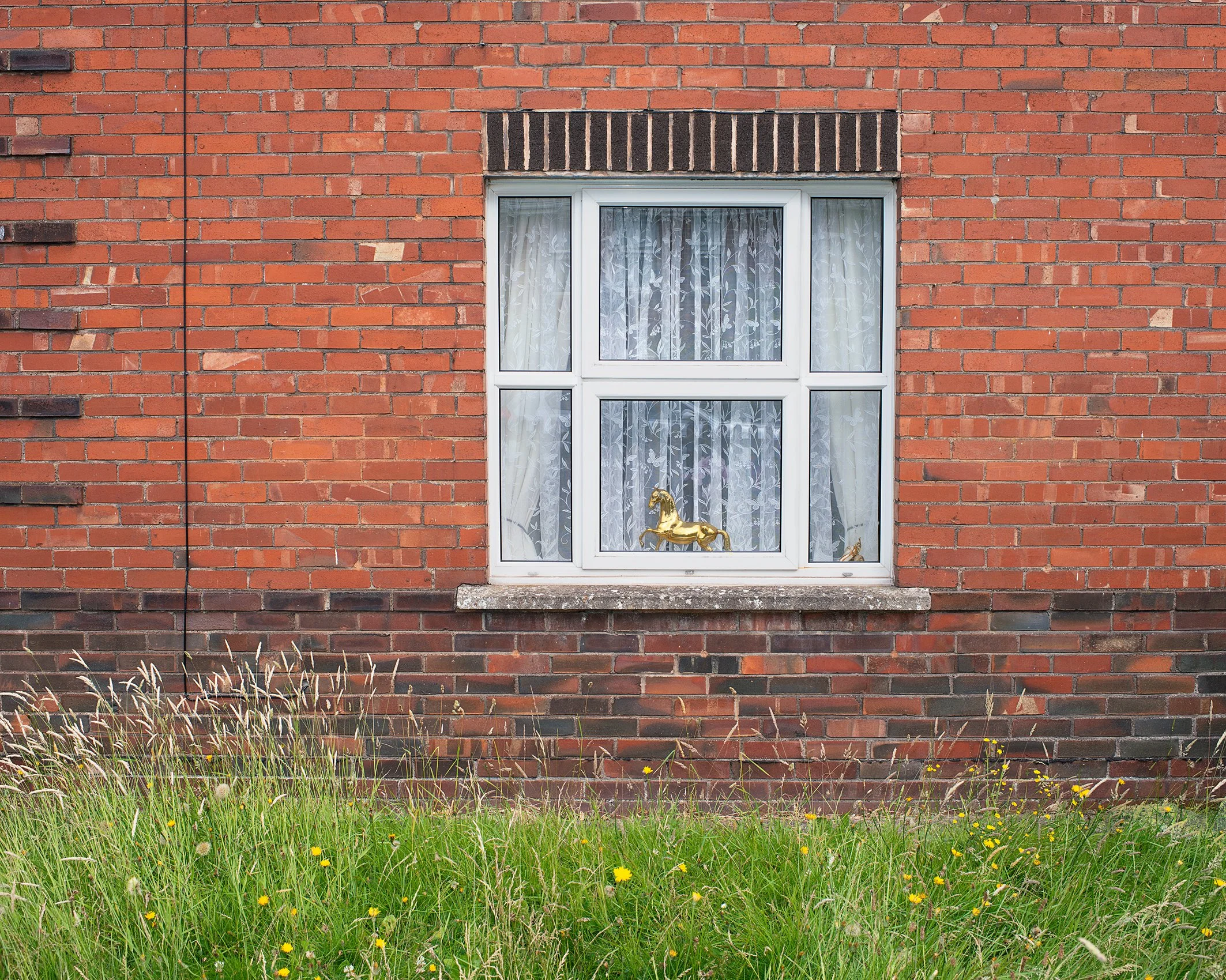
House with Golden Horse
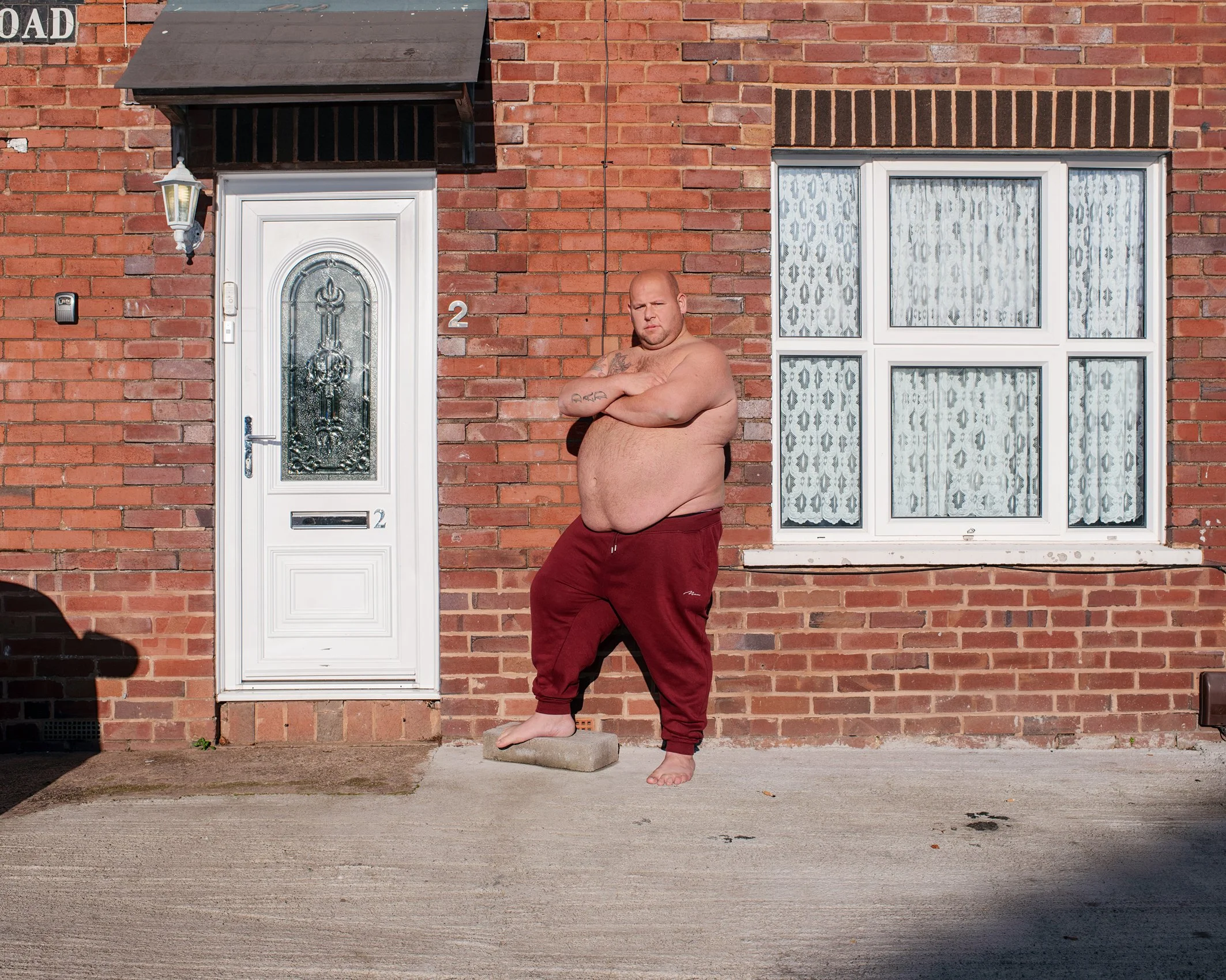
Billy outside his house
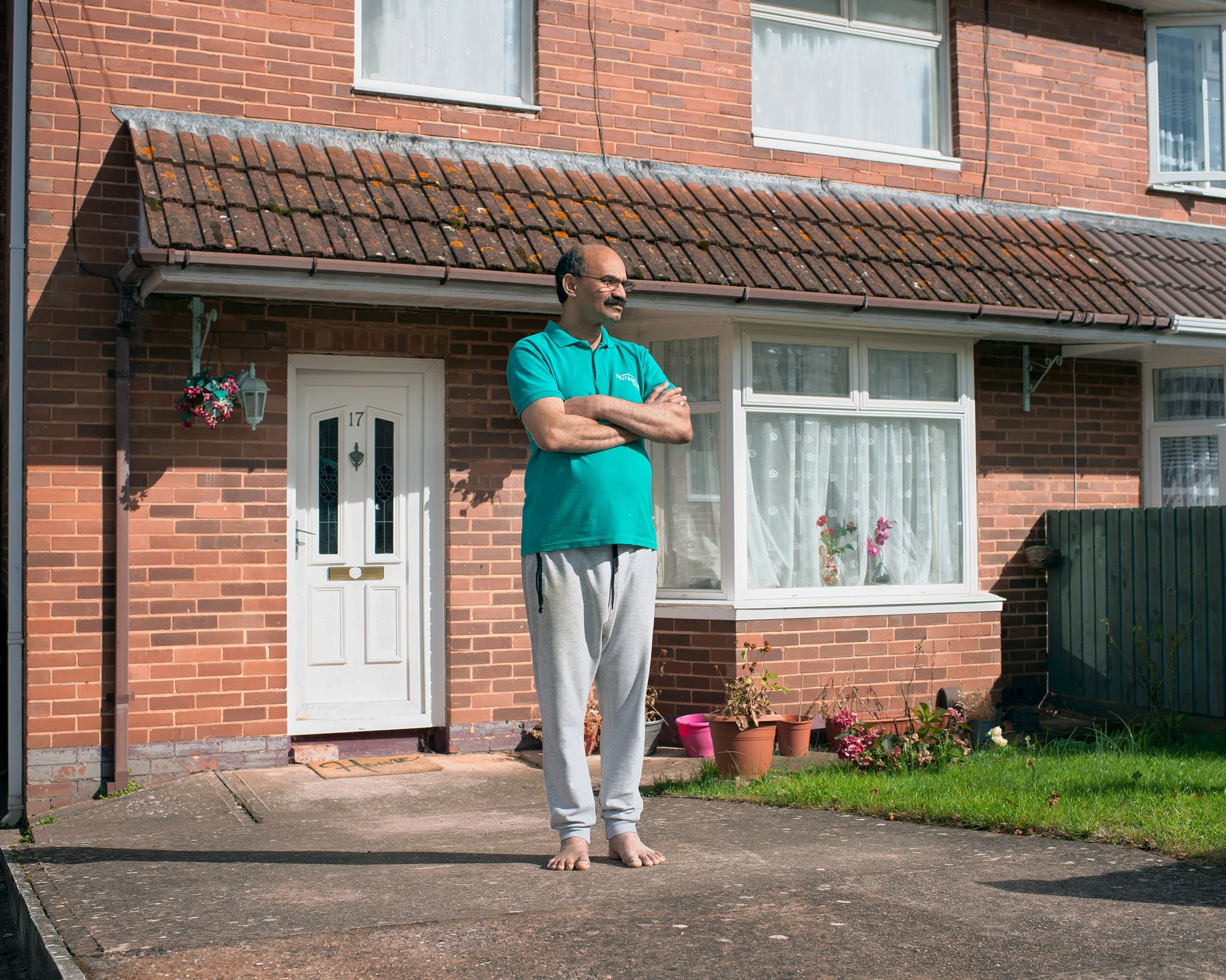
Man standing in his front garden
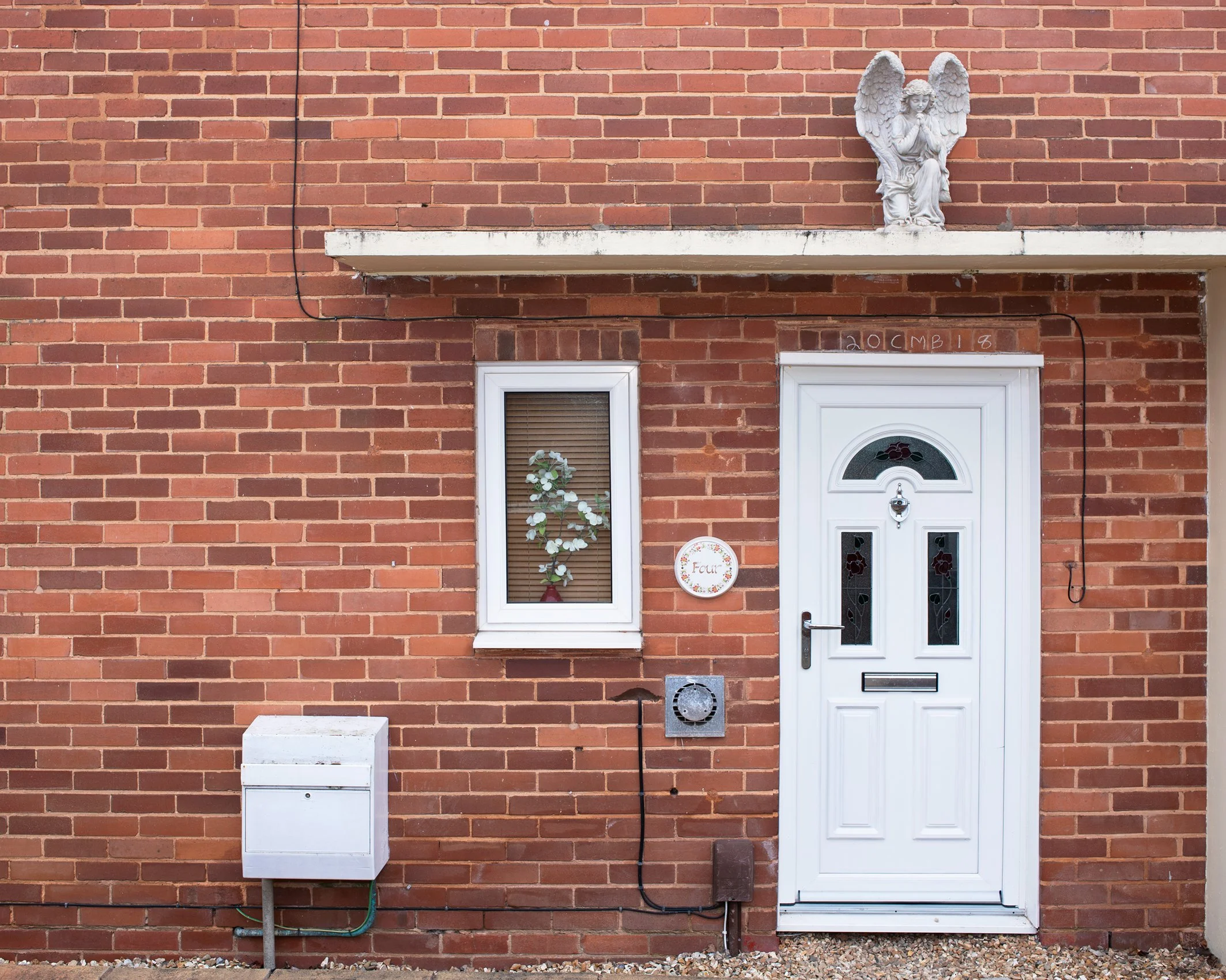
House with Angel
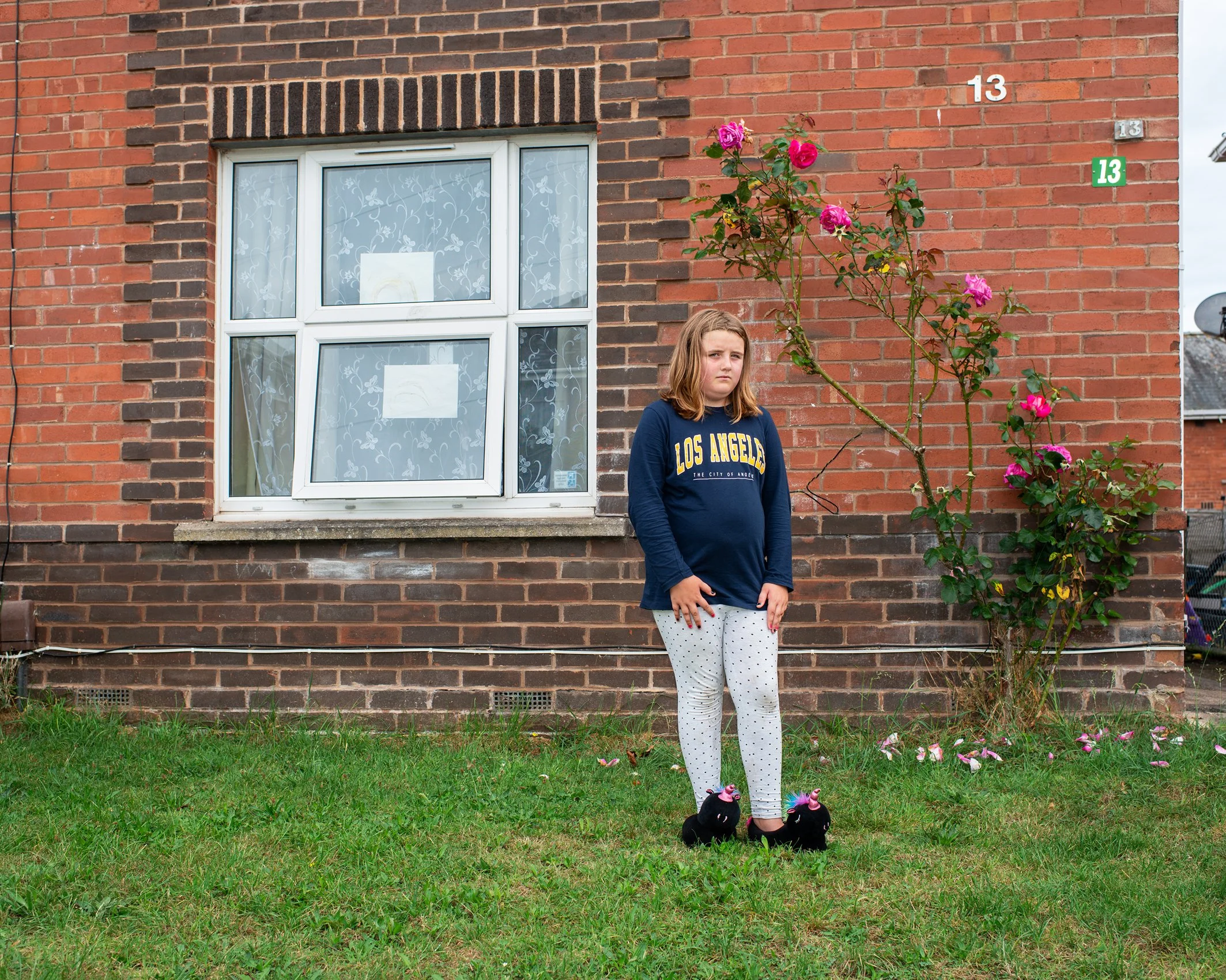
Los Angeles Girl in her front garden

House with Funeral Flowers
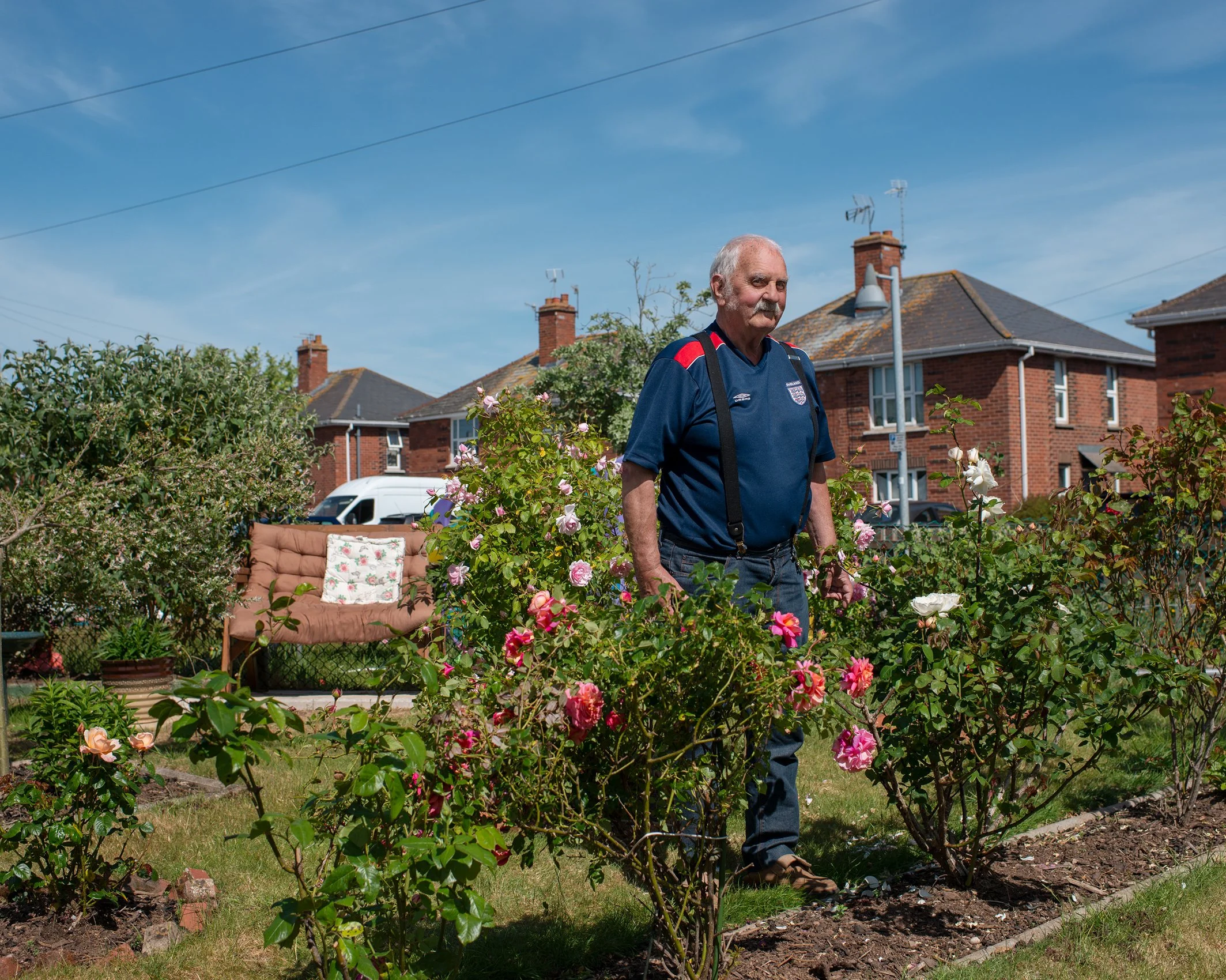
John in his front garden
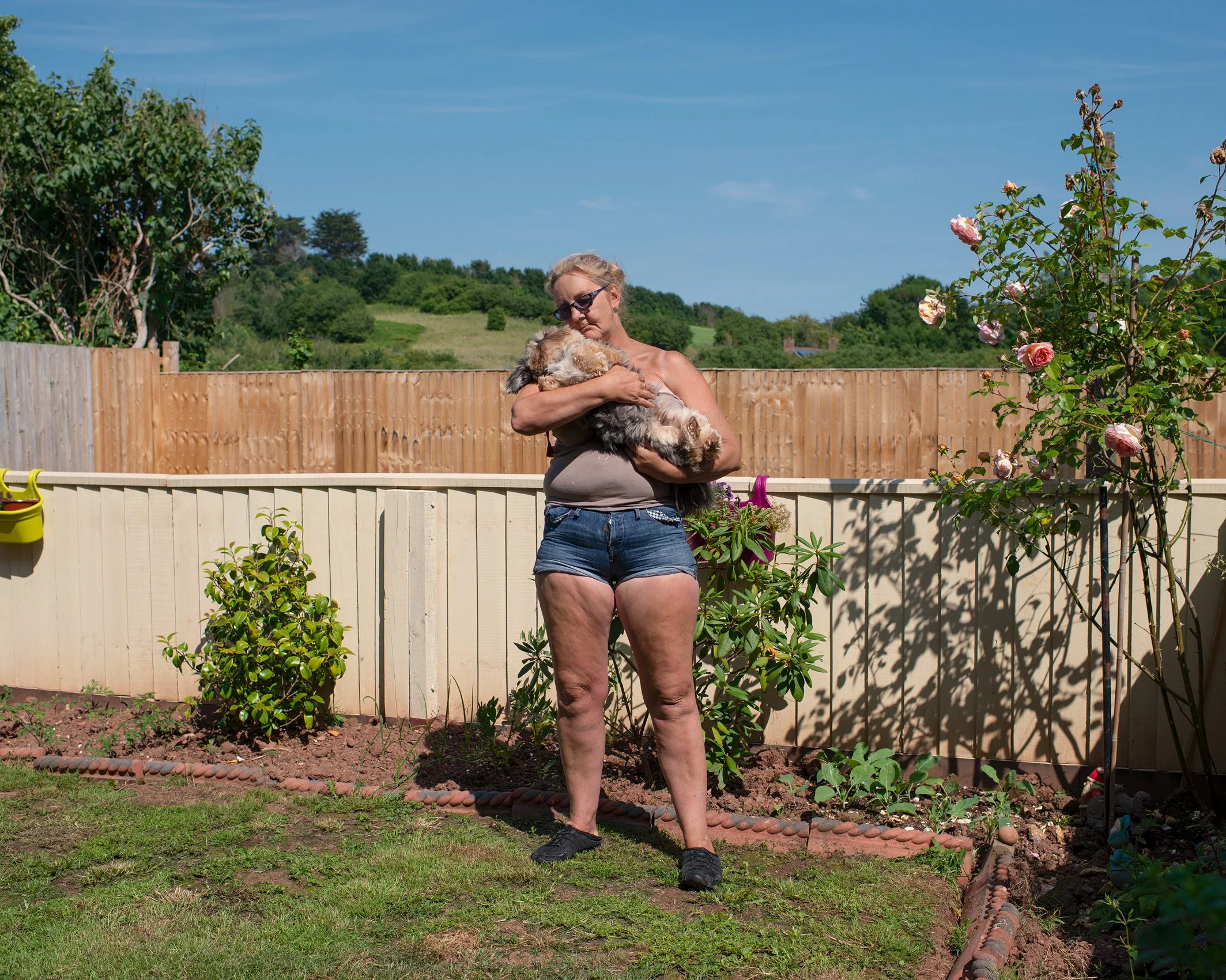
Yvonne and dog Elvis in her back garden

Porsha in her front garden
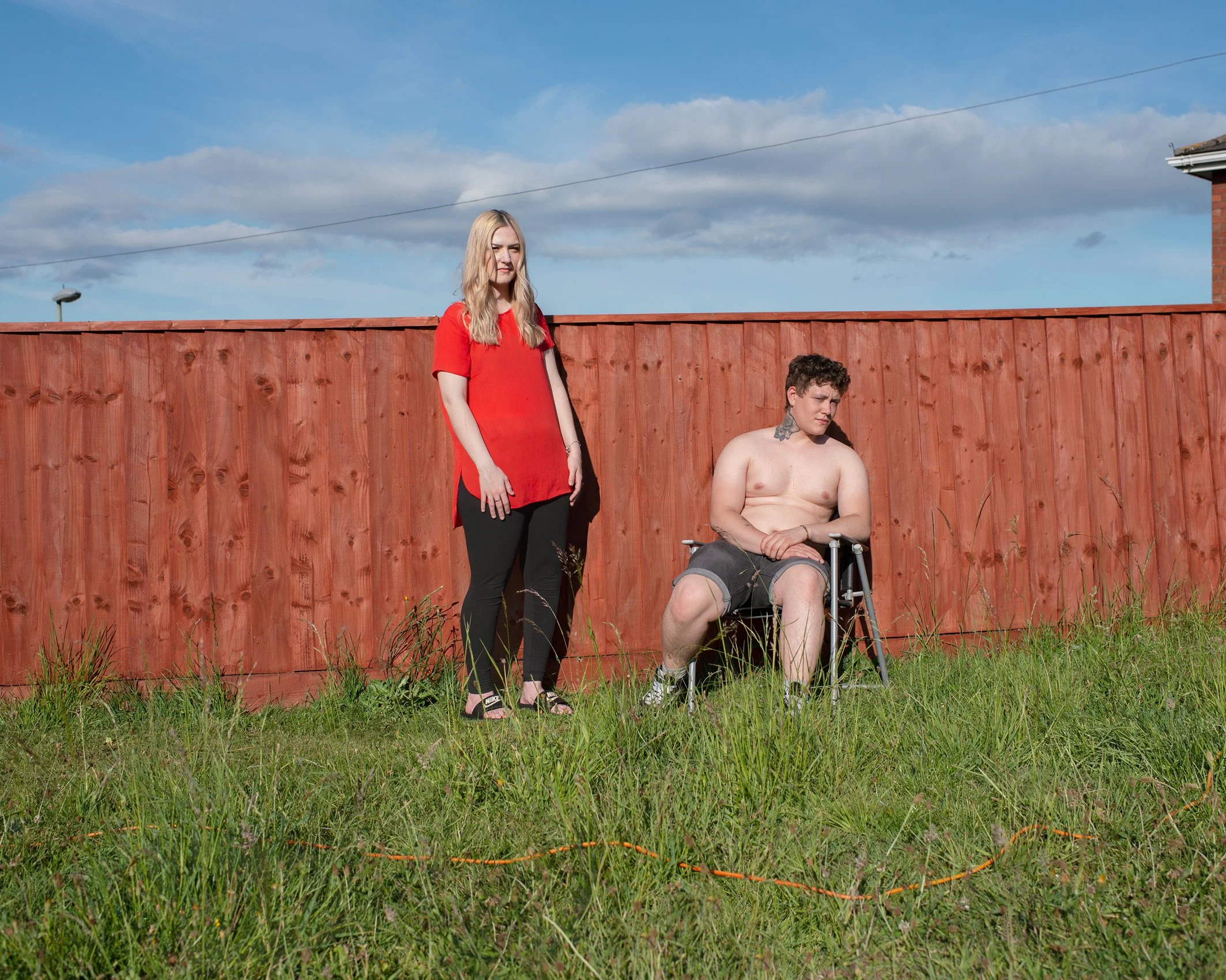
Britney and Roz in their front garden
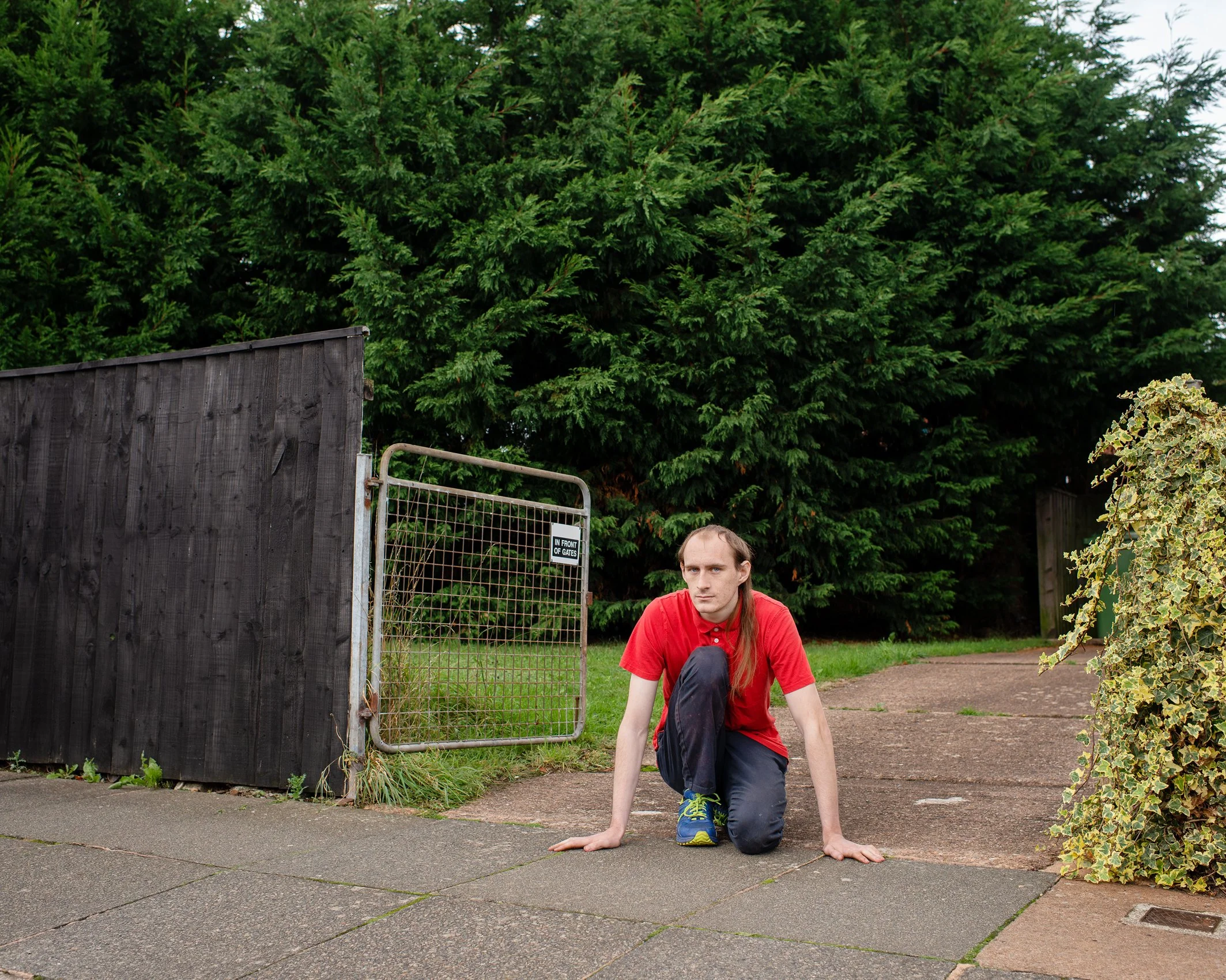
Malcolm
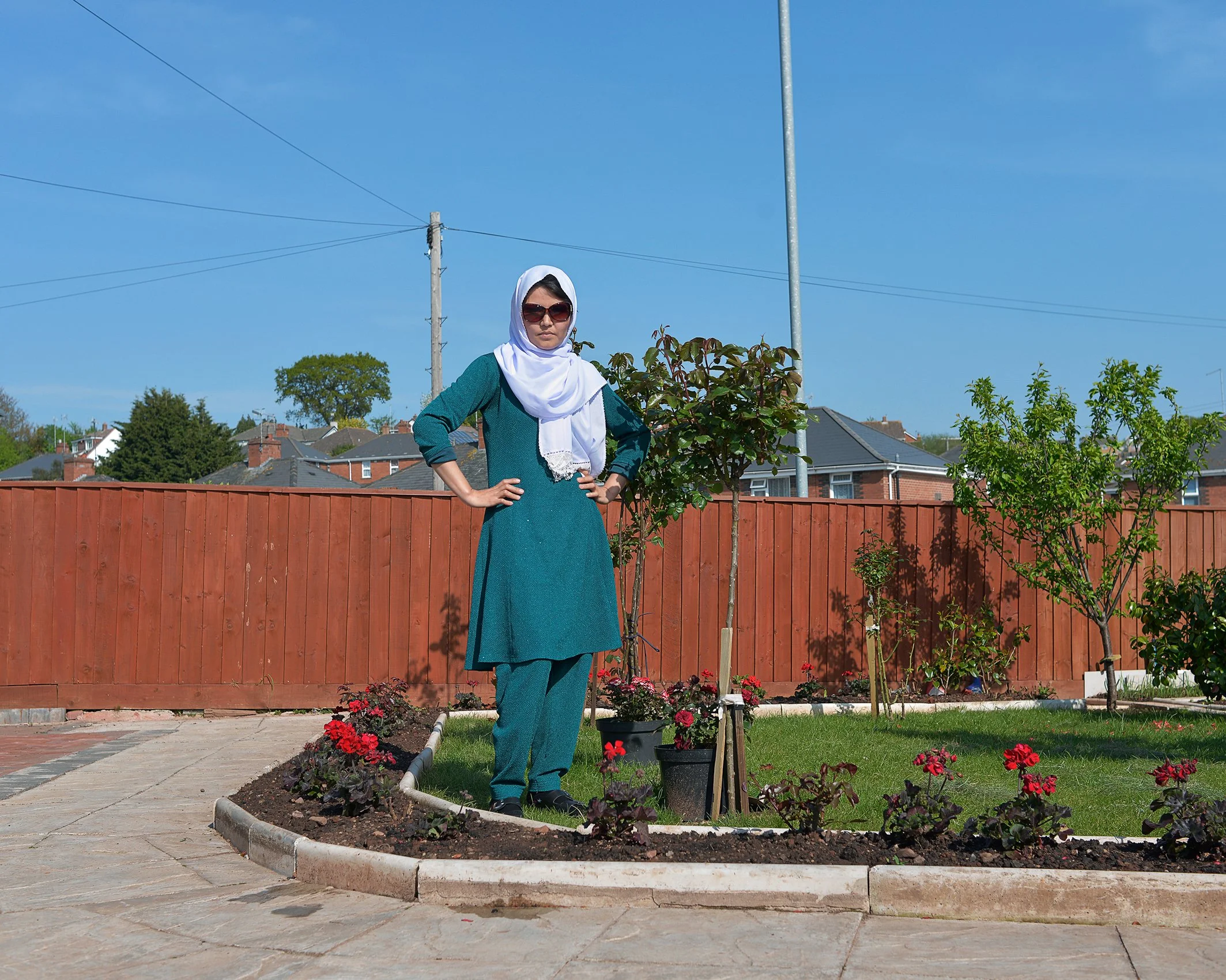
Rahila in her front garden
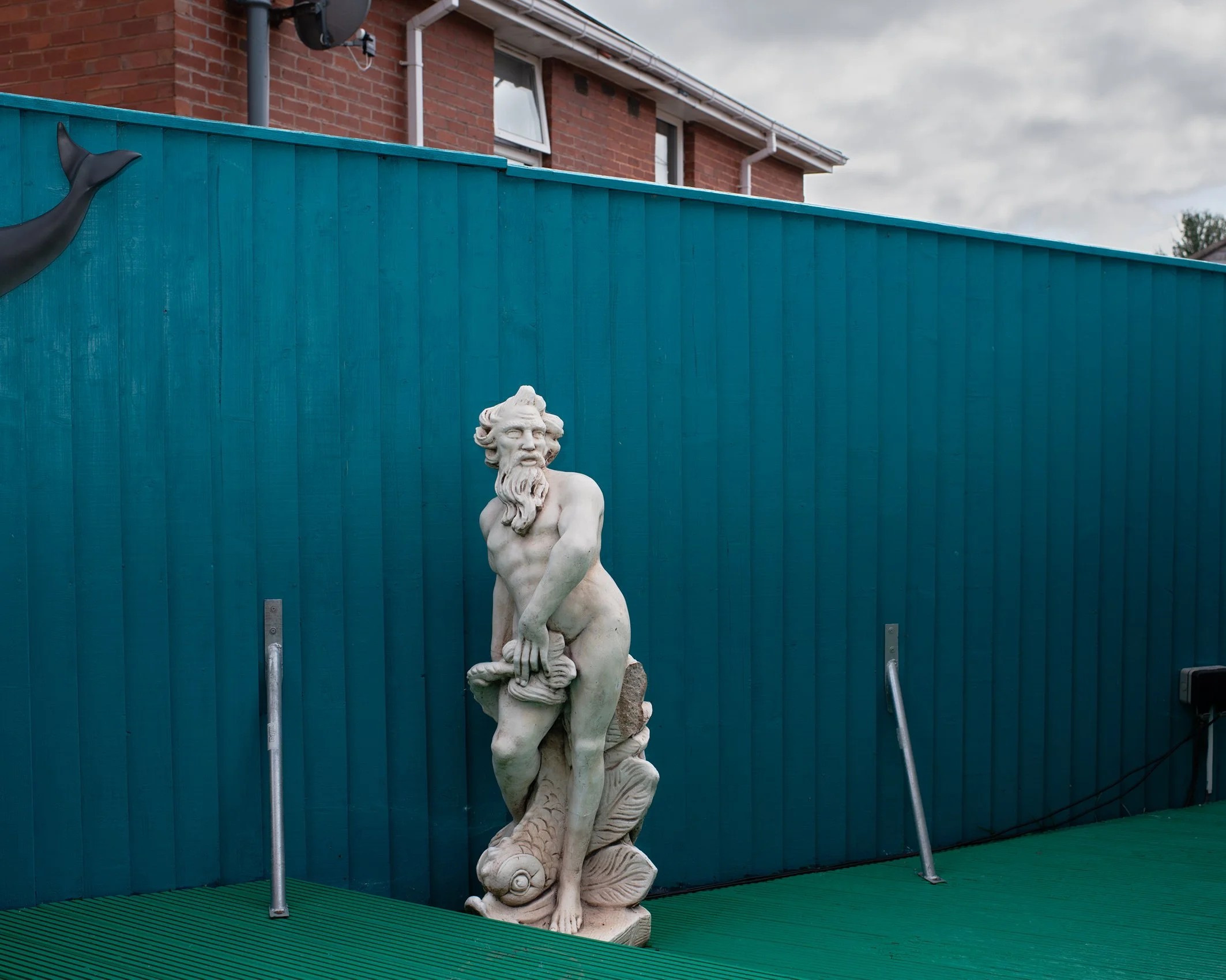
Poseidon Courtyard
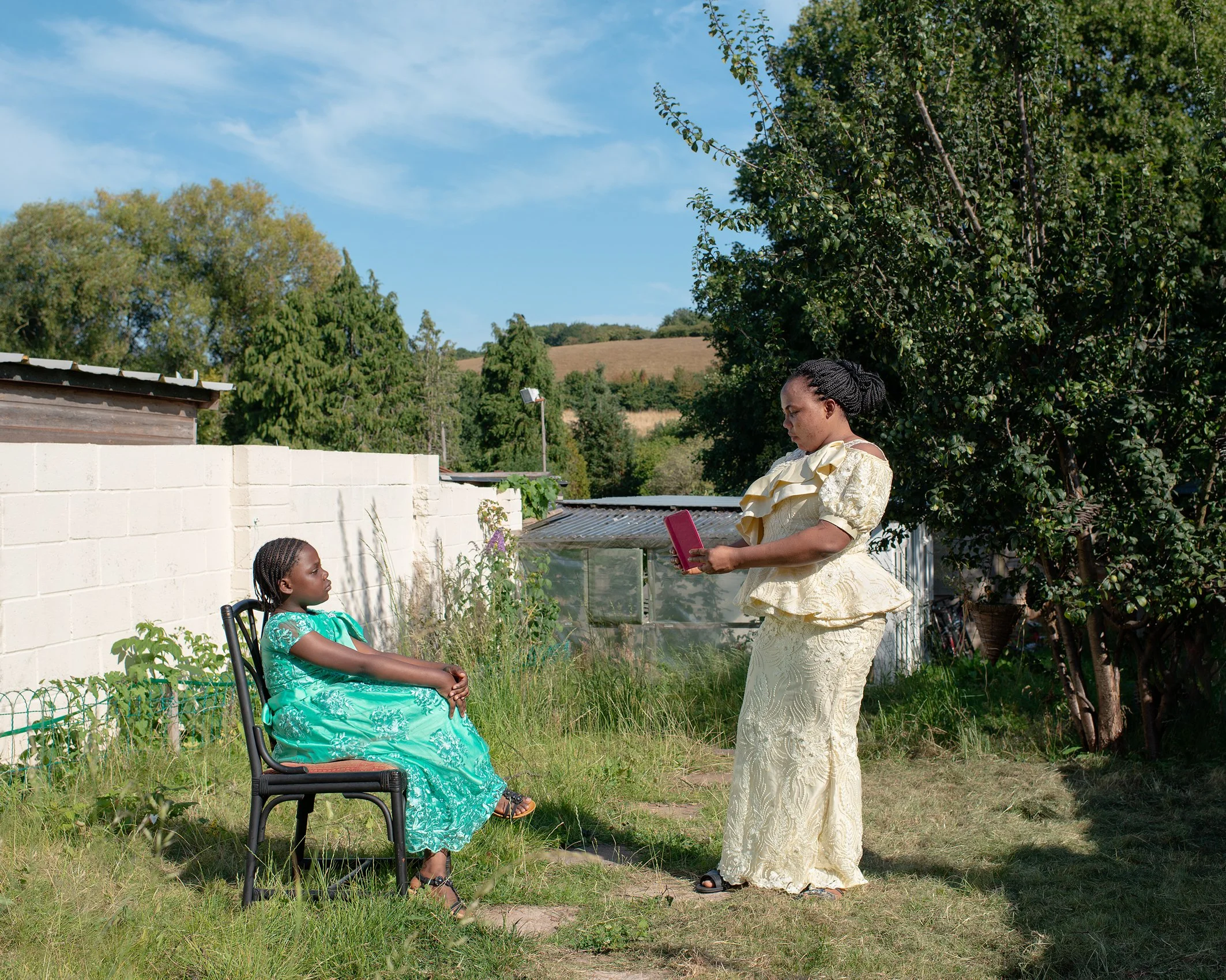
Dorcas and her mother Esther in their back garden
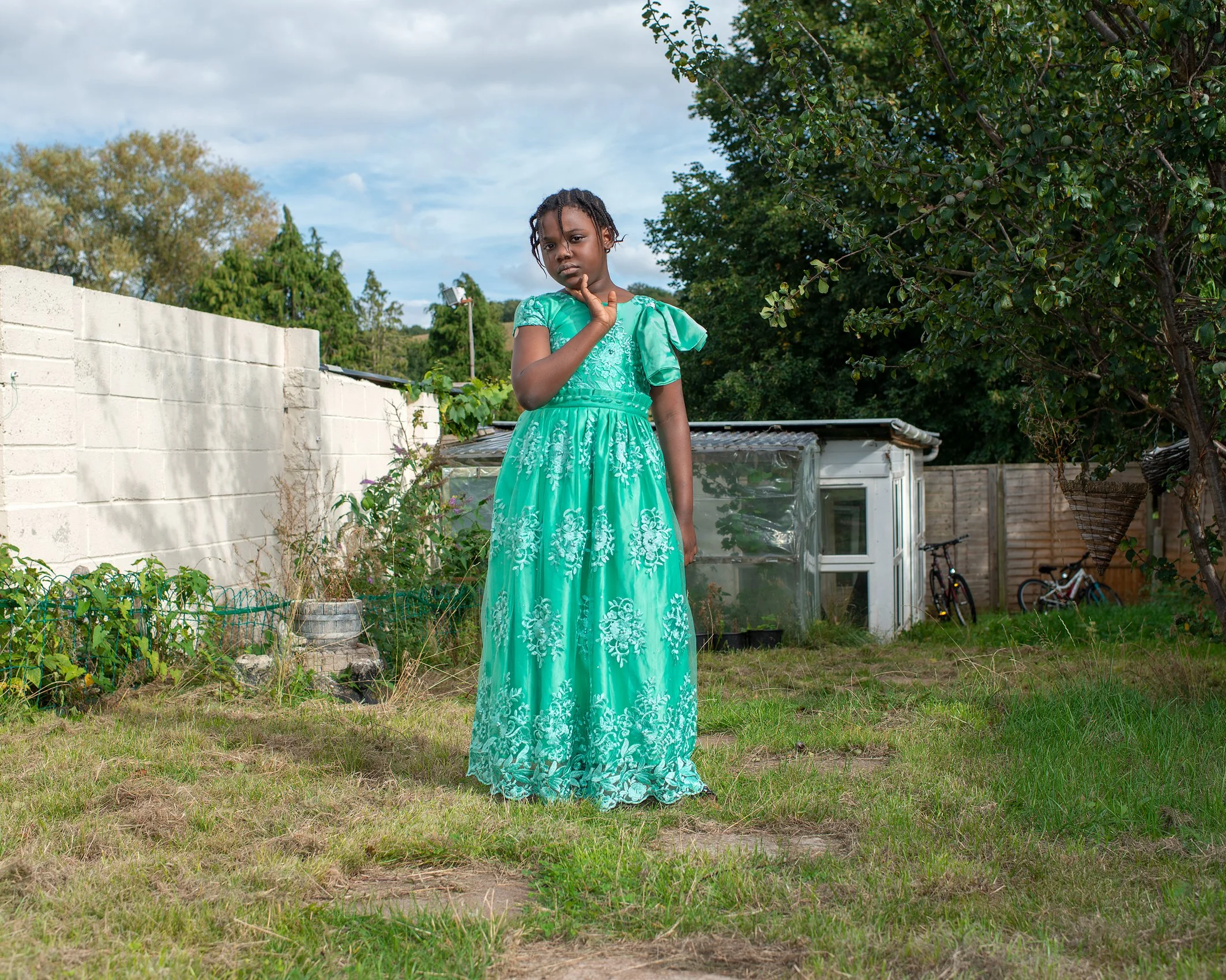
Dorcas in her back garden

House with fence
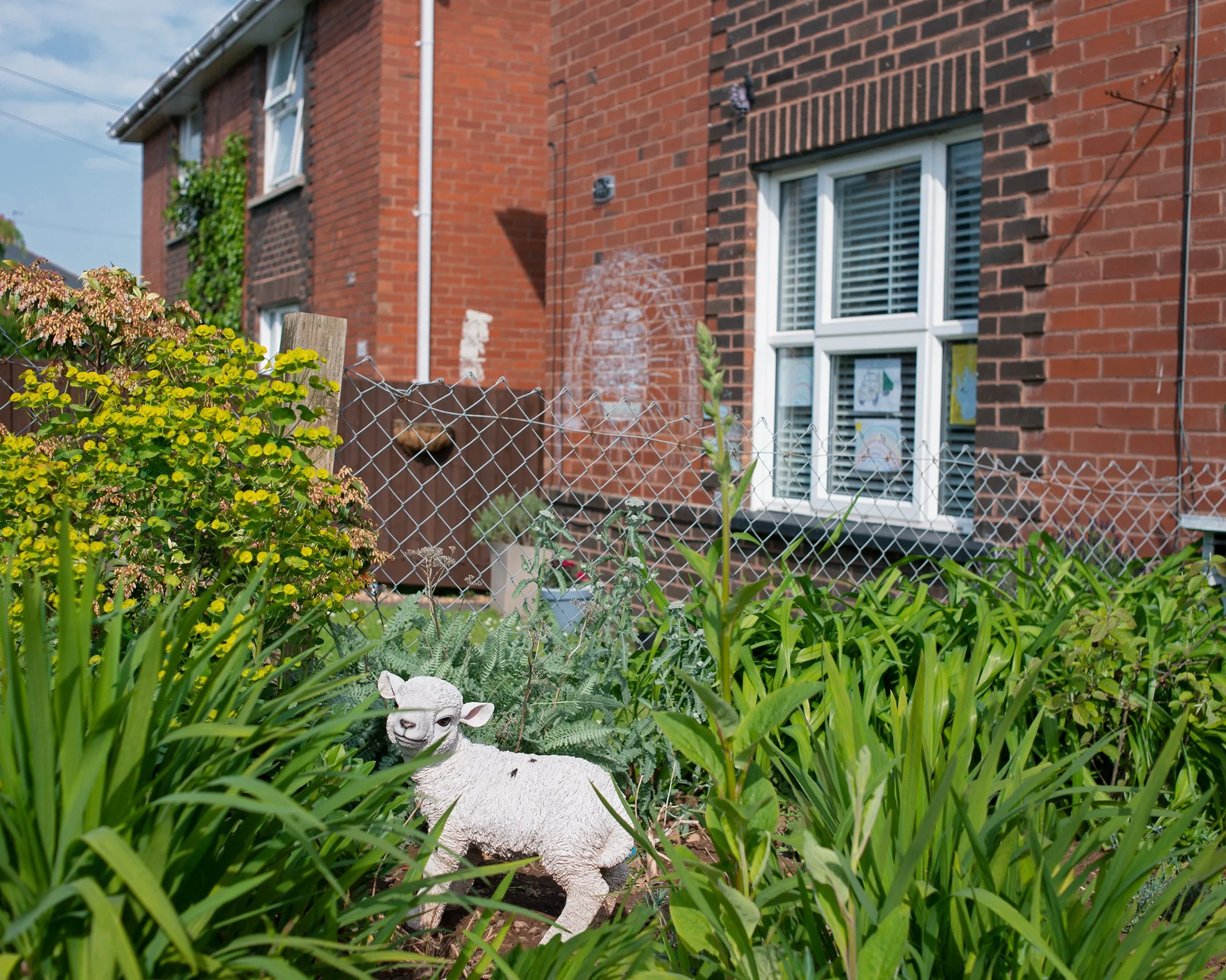
House with Lamb

Unicorns garden
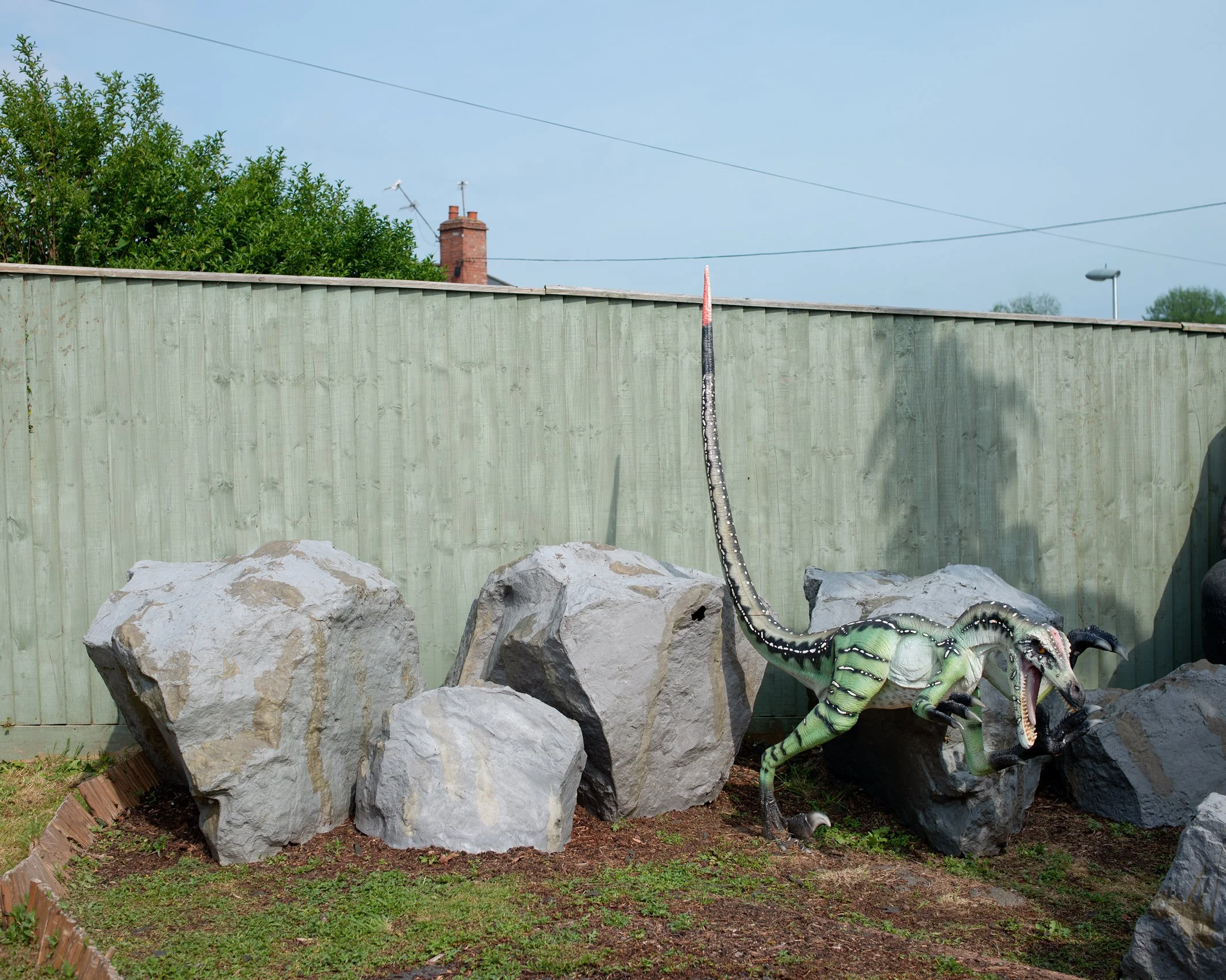
Dinosaur Garden
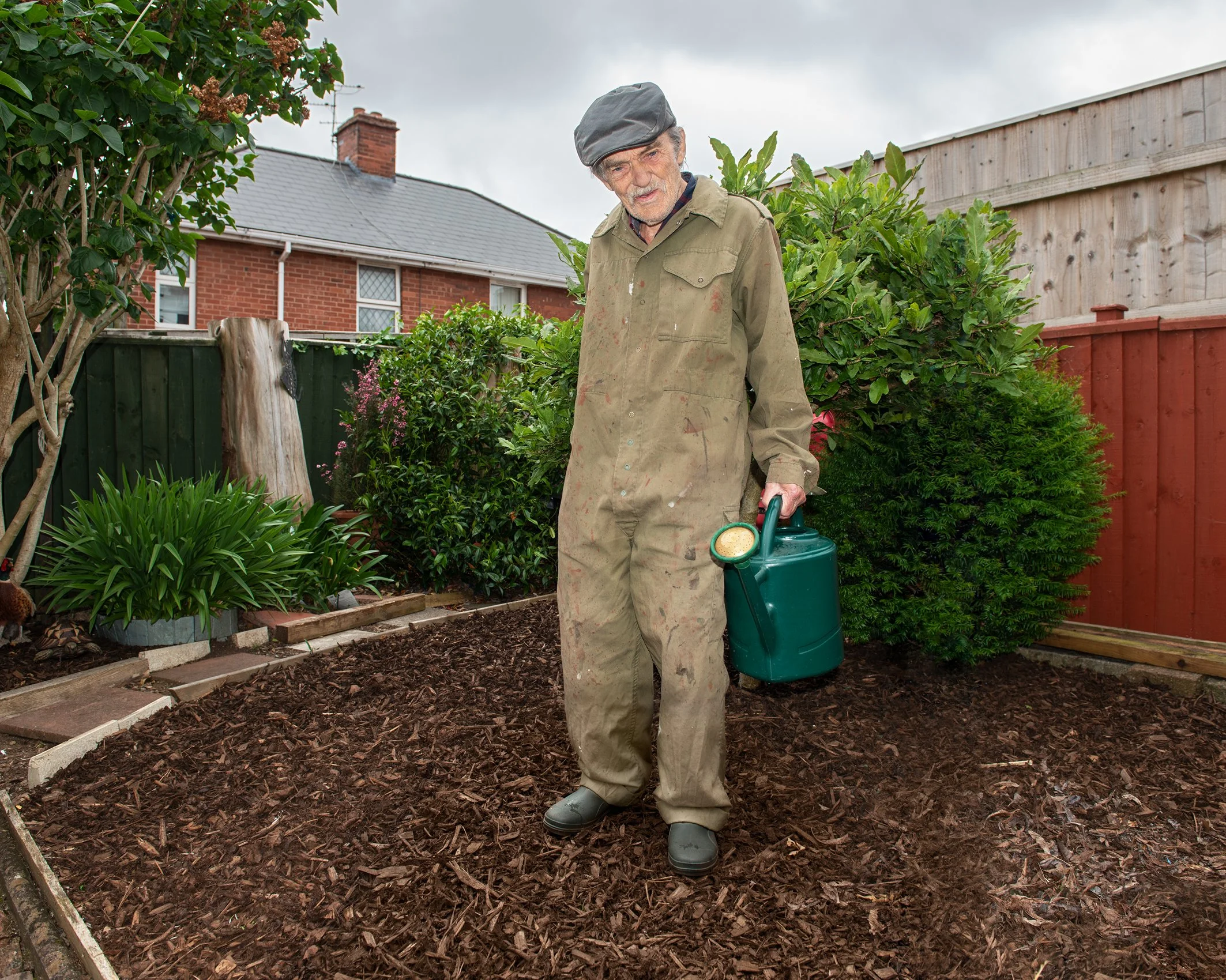
Ray in his garden

Lynn in her front garden
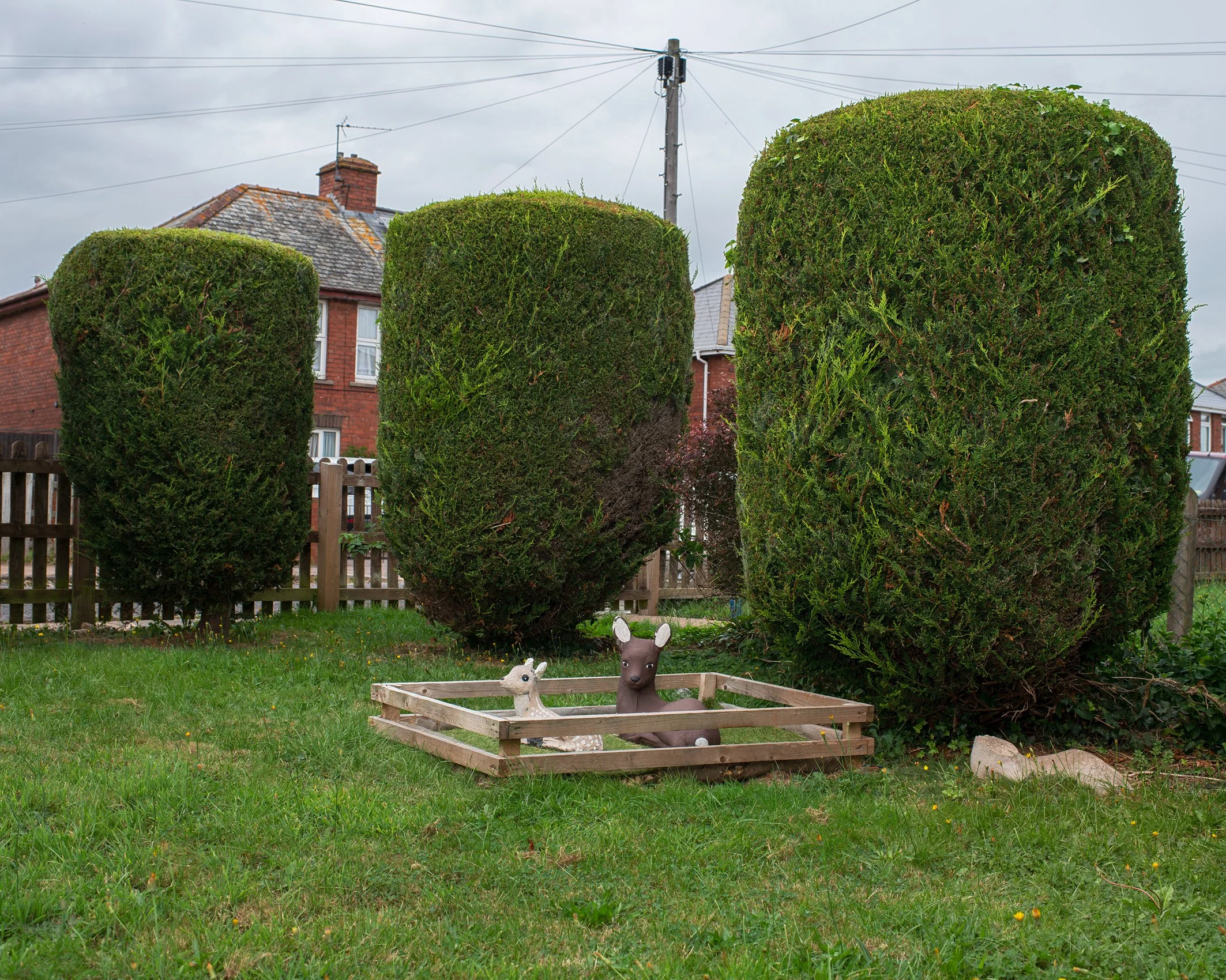
Garden with hedges and bambis

Young girl in her front garden
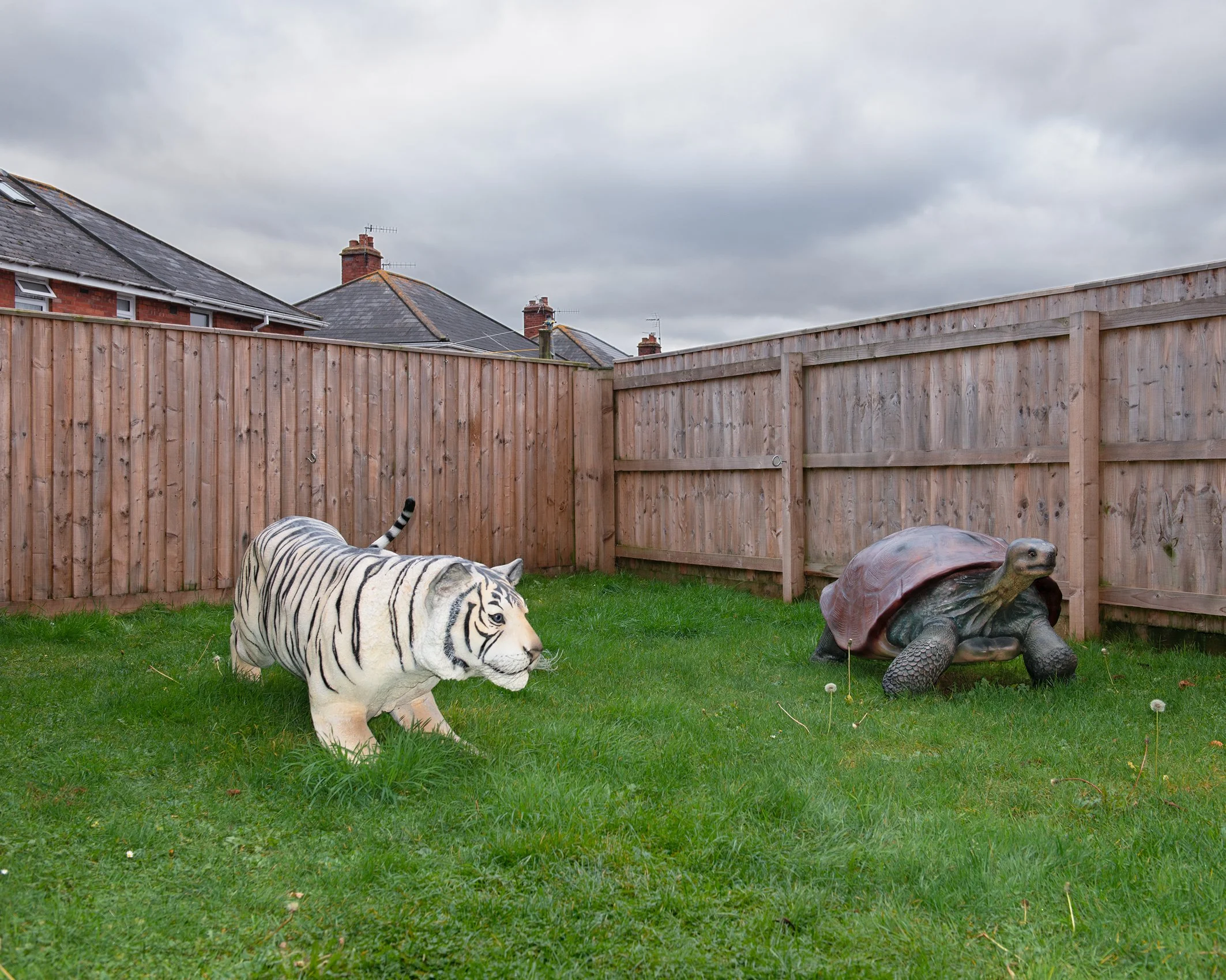
Tiger and Tortoise Garden
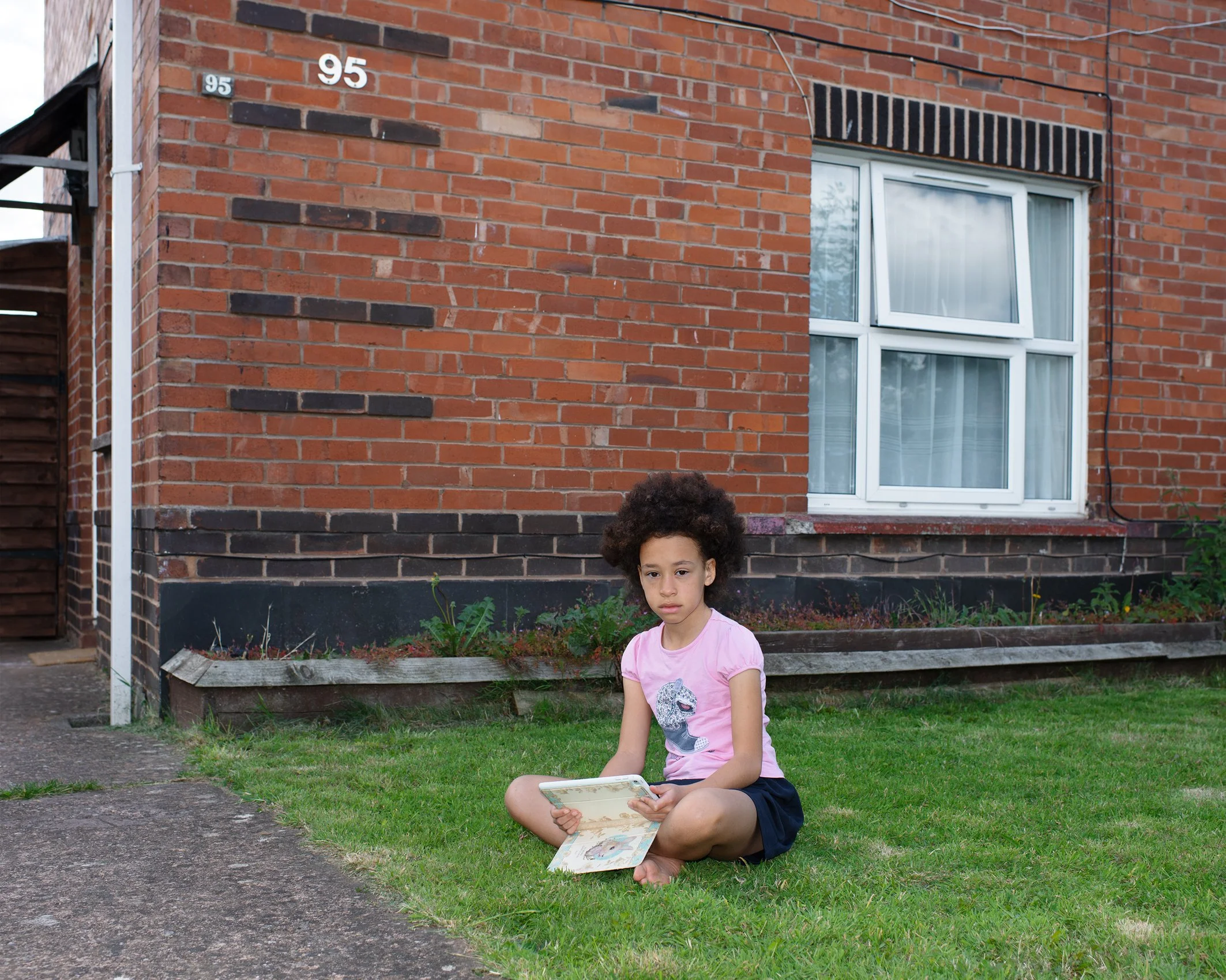
Amber in her front garden

Flats
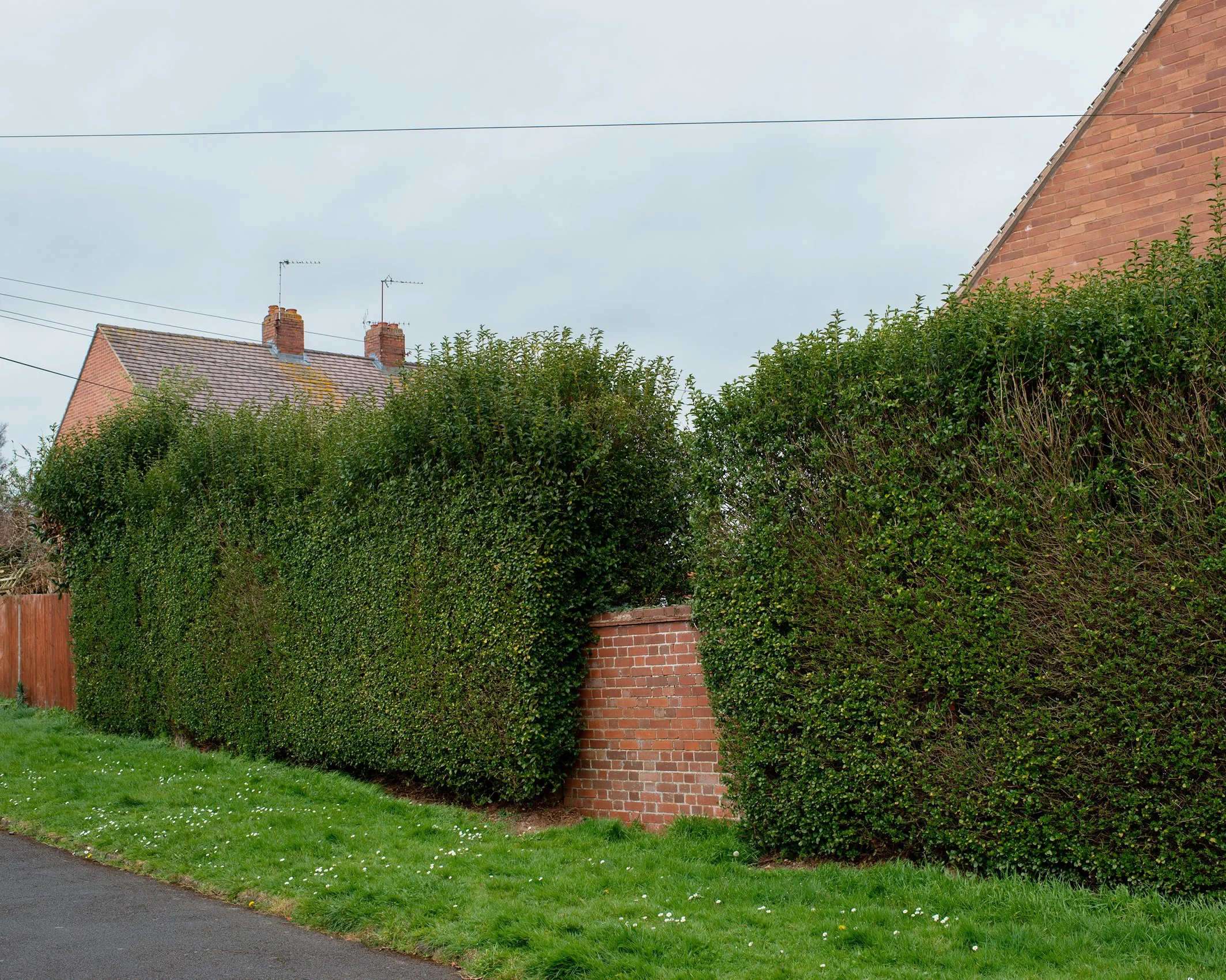
House with hedges
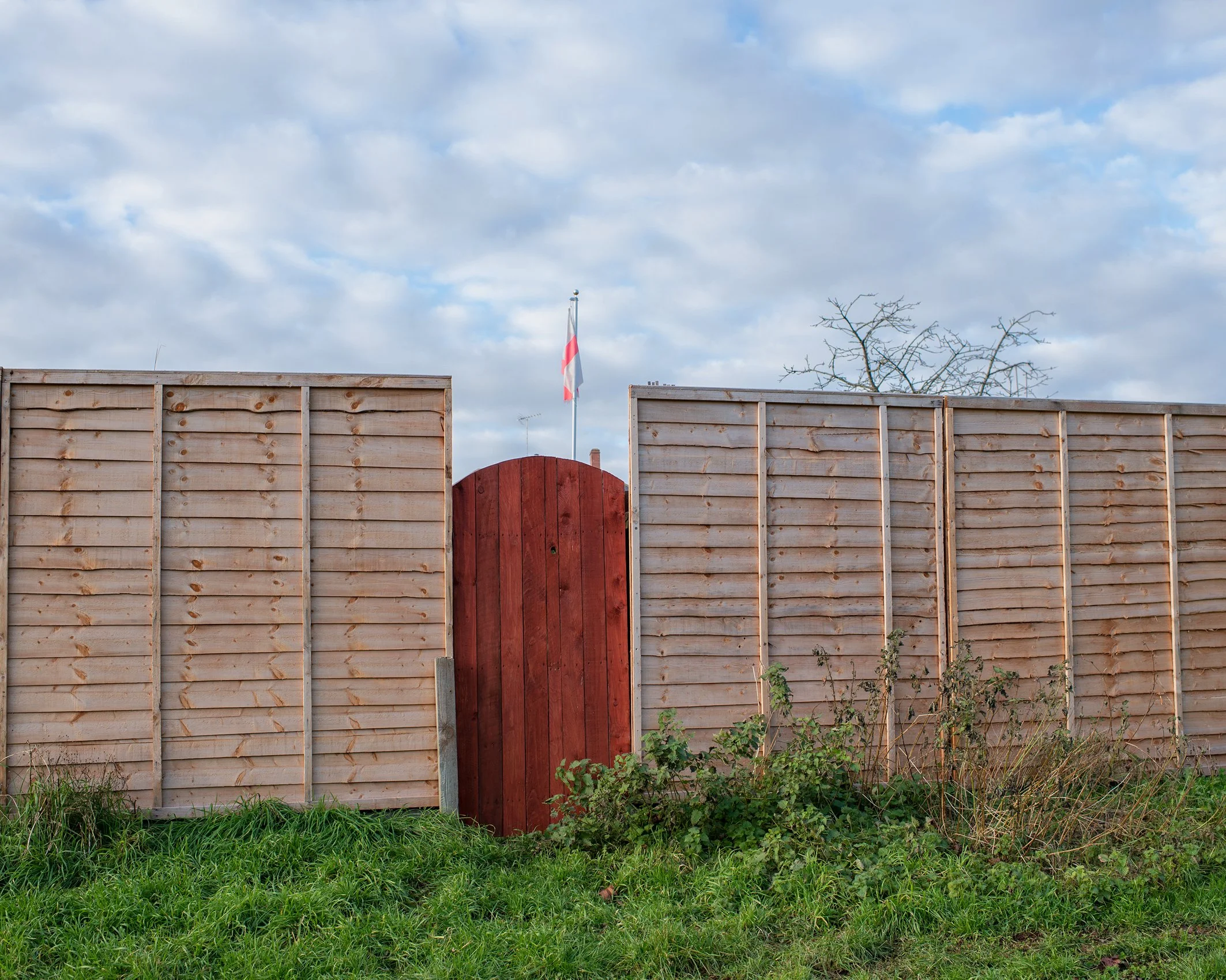
House with Flag
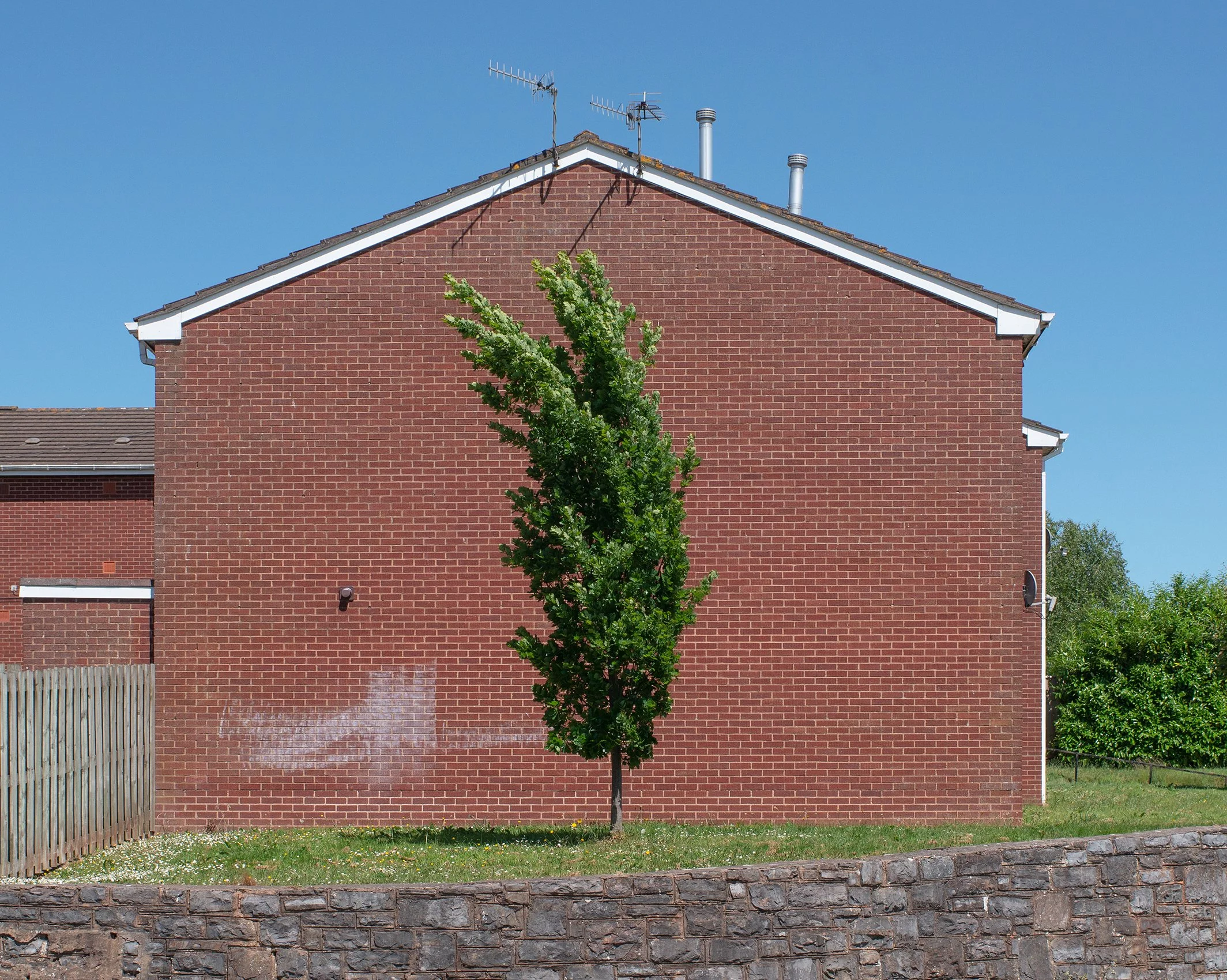
House with Tree
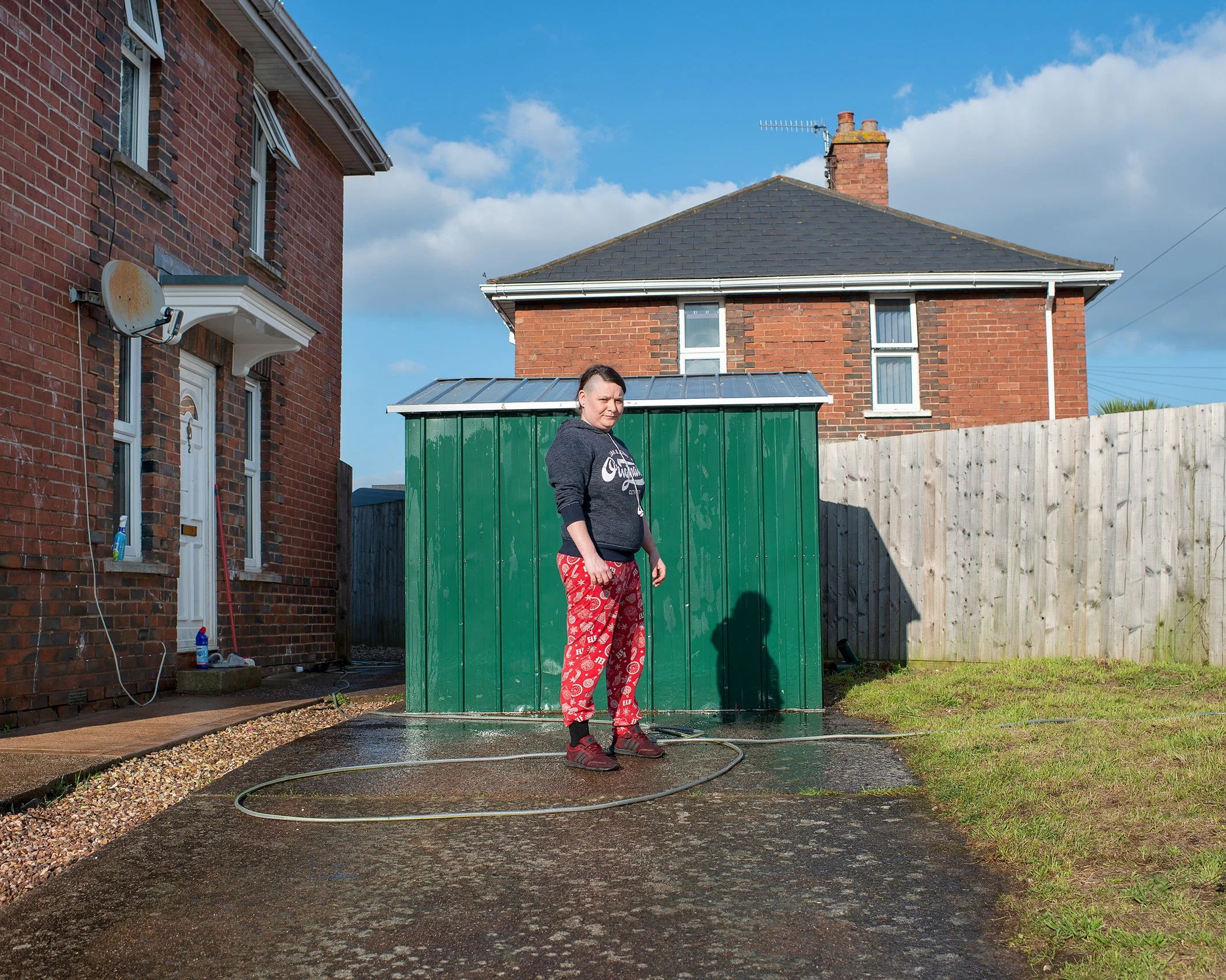
Woman with hosepipe in her front garden
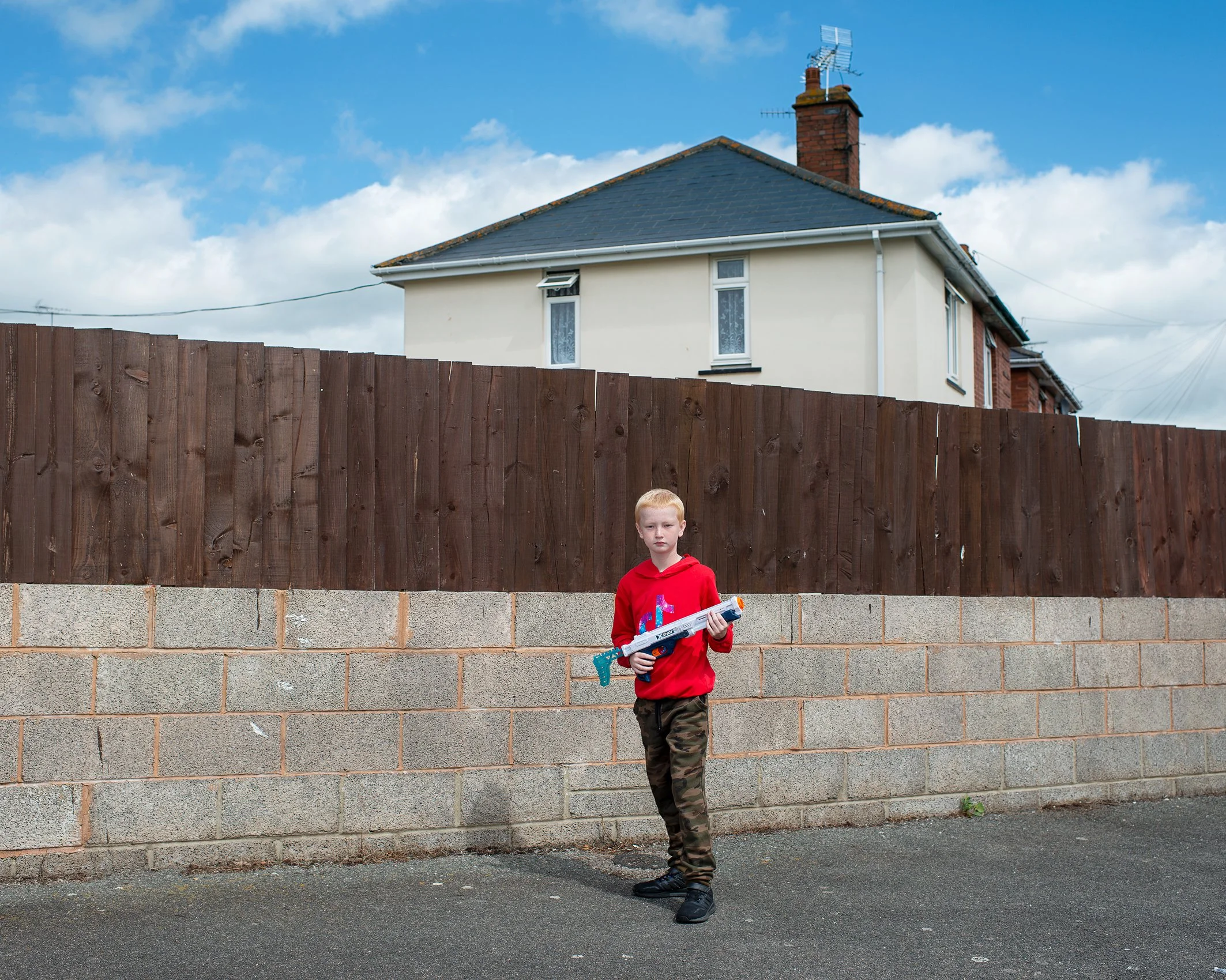
Dainton
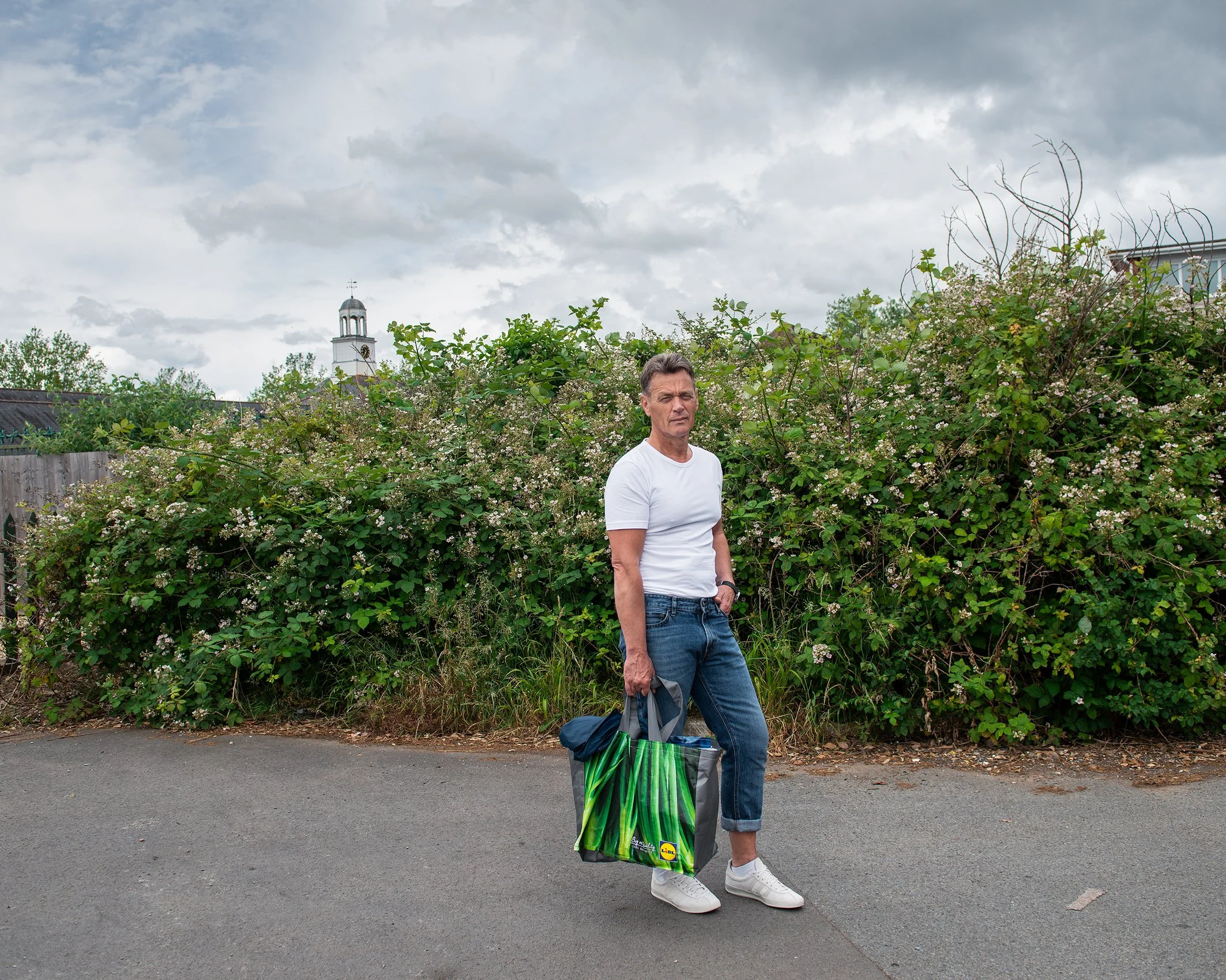
Alan
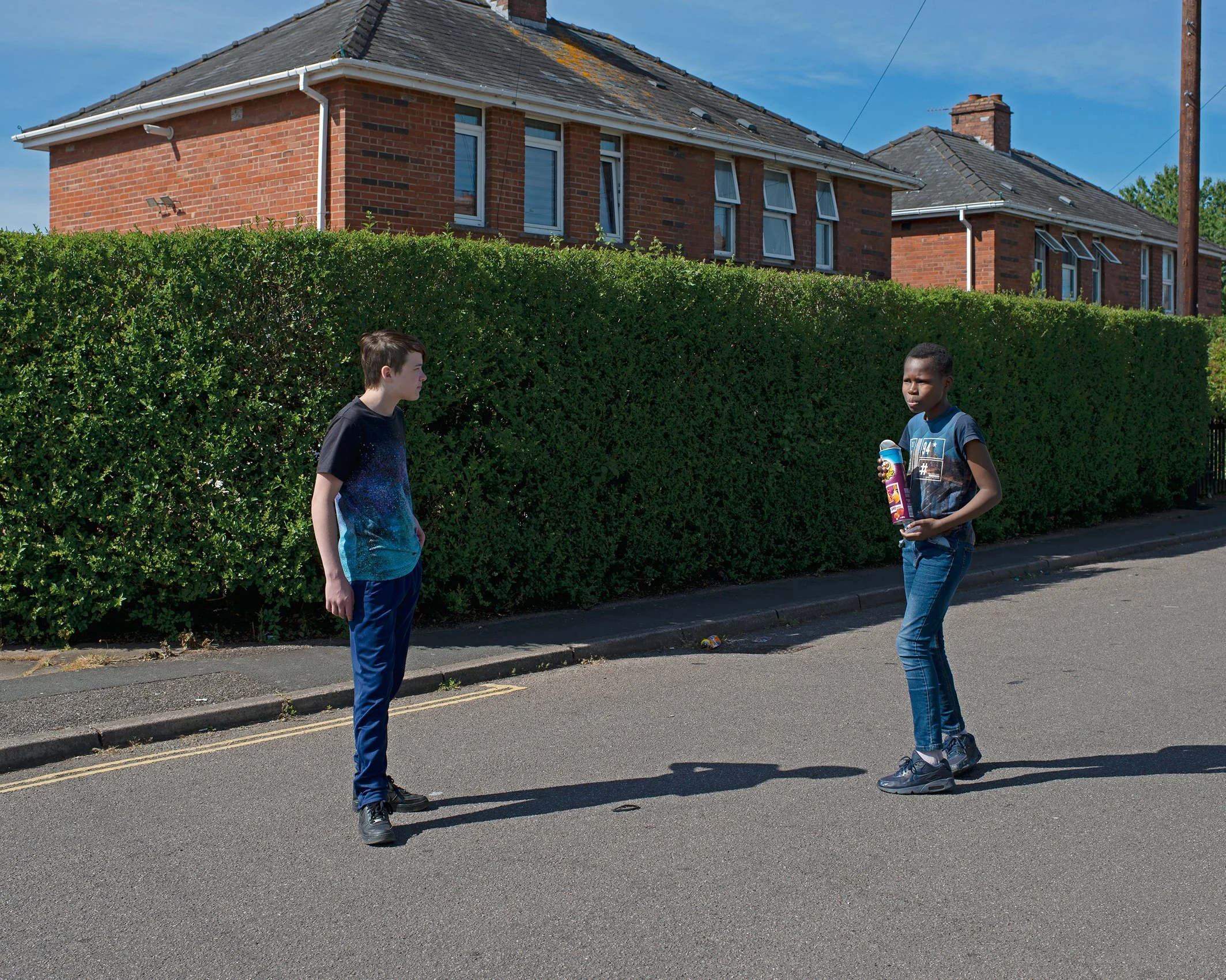
TJ and Fabian
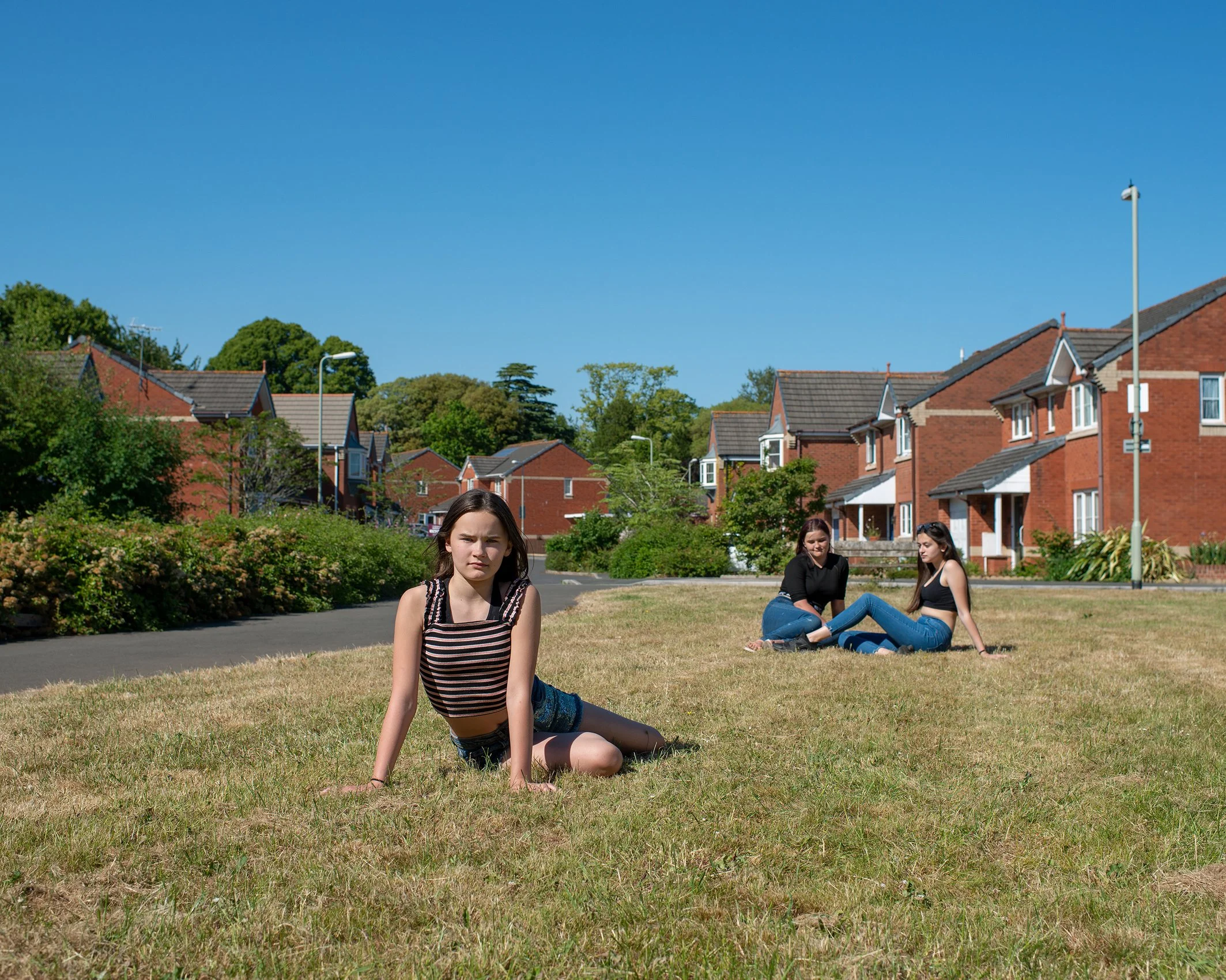
Chloe, Jessica and Kyla

Carl and his dog

Jake
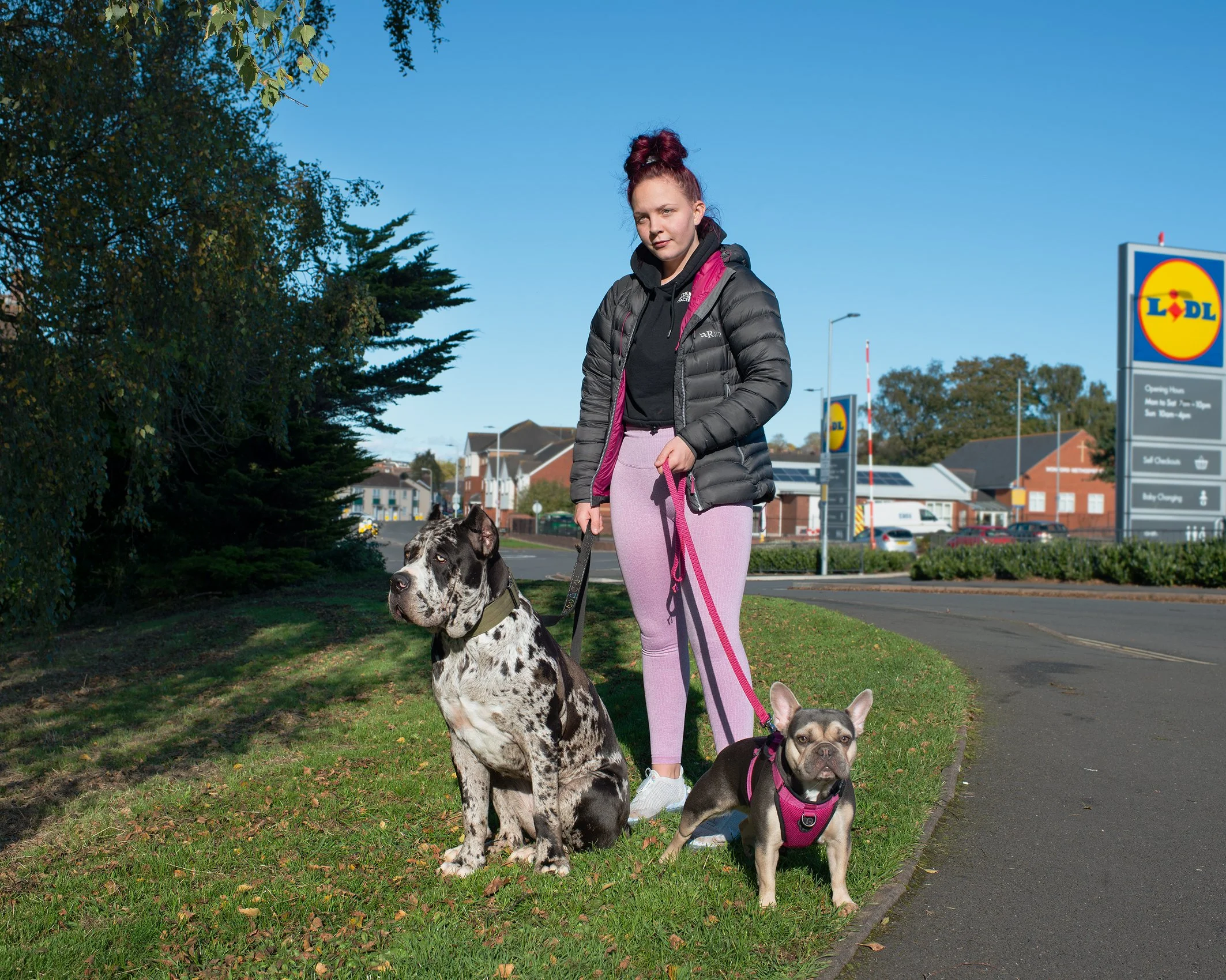
Girl walking her dogs

Justin, Scooby and Jugs
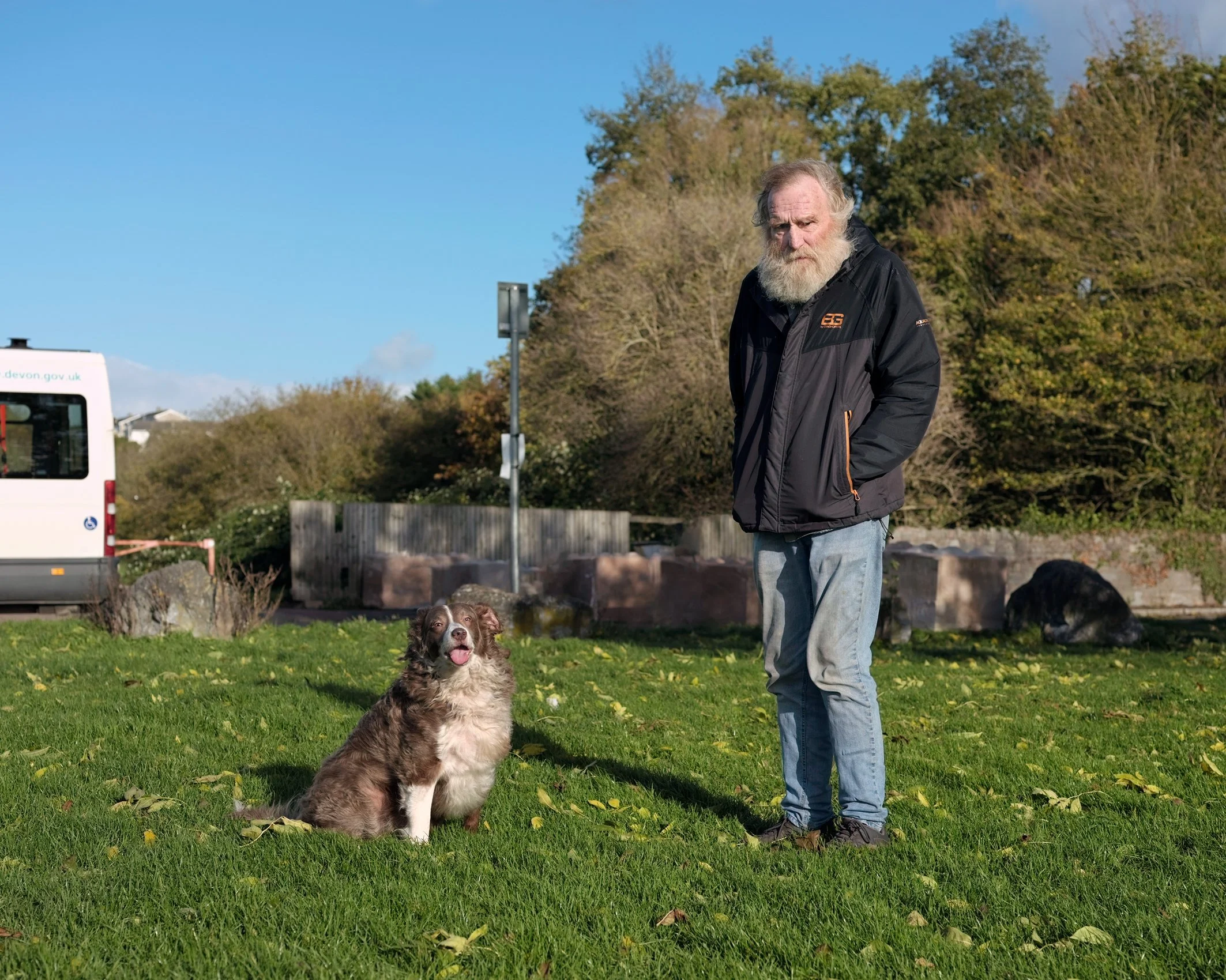
Elderly man with his dog, Playing Fields
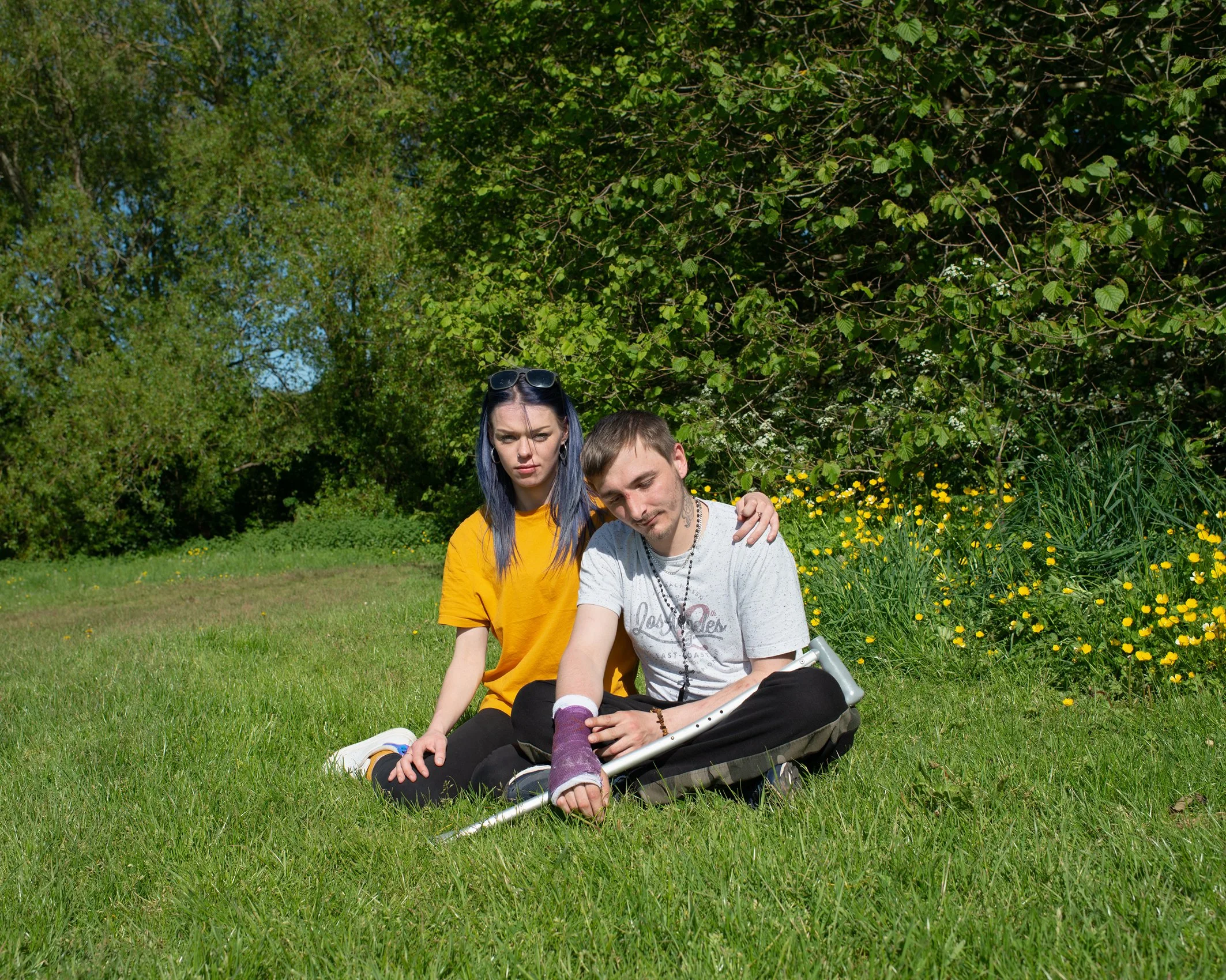
Tamsin and Sonny, Playing Fields
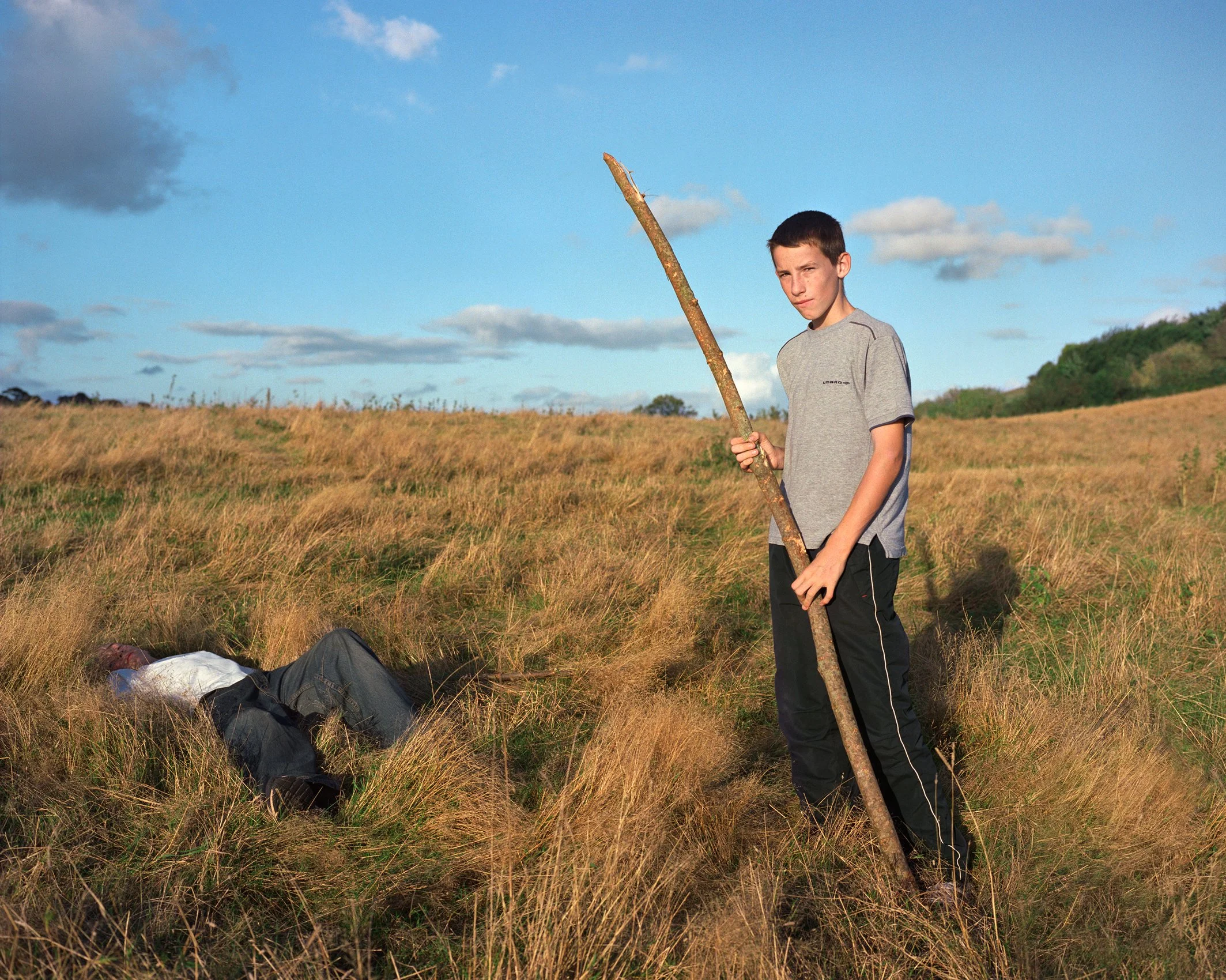
Boys, Playing Fields
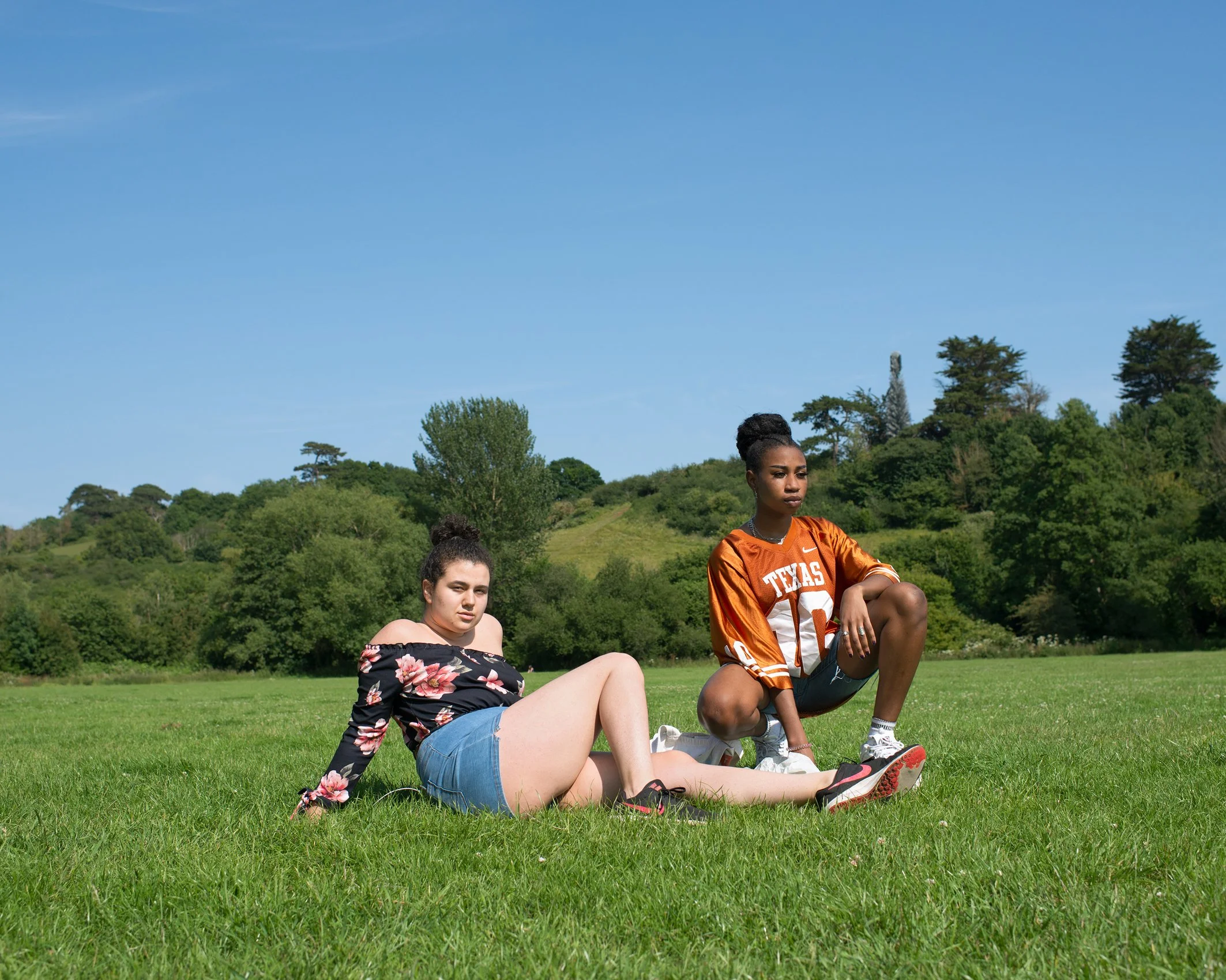
Gabby and Beatriz, Playing Fields
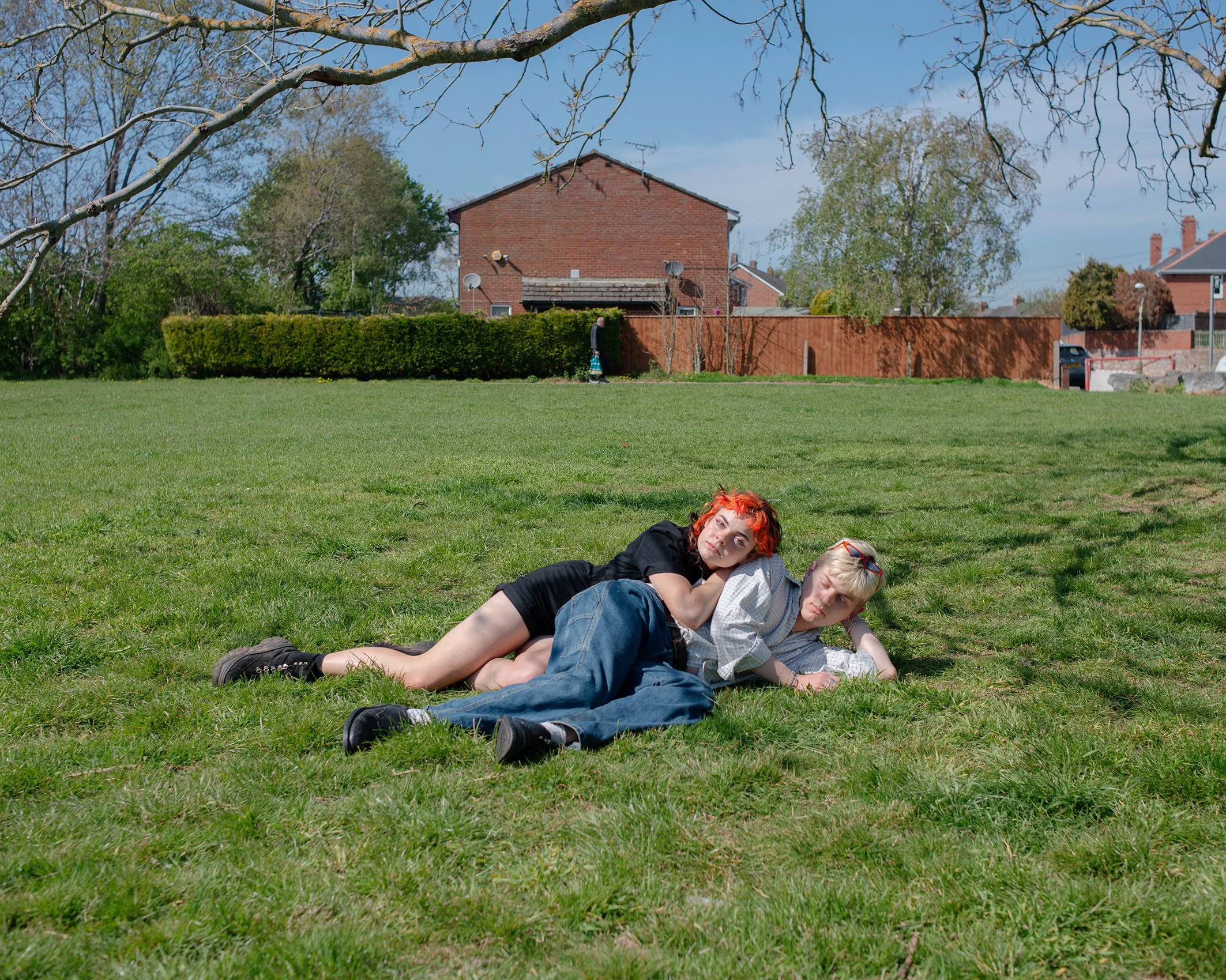
Azna and Millie, Playing Fields
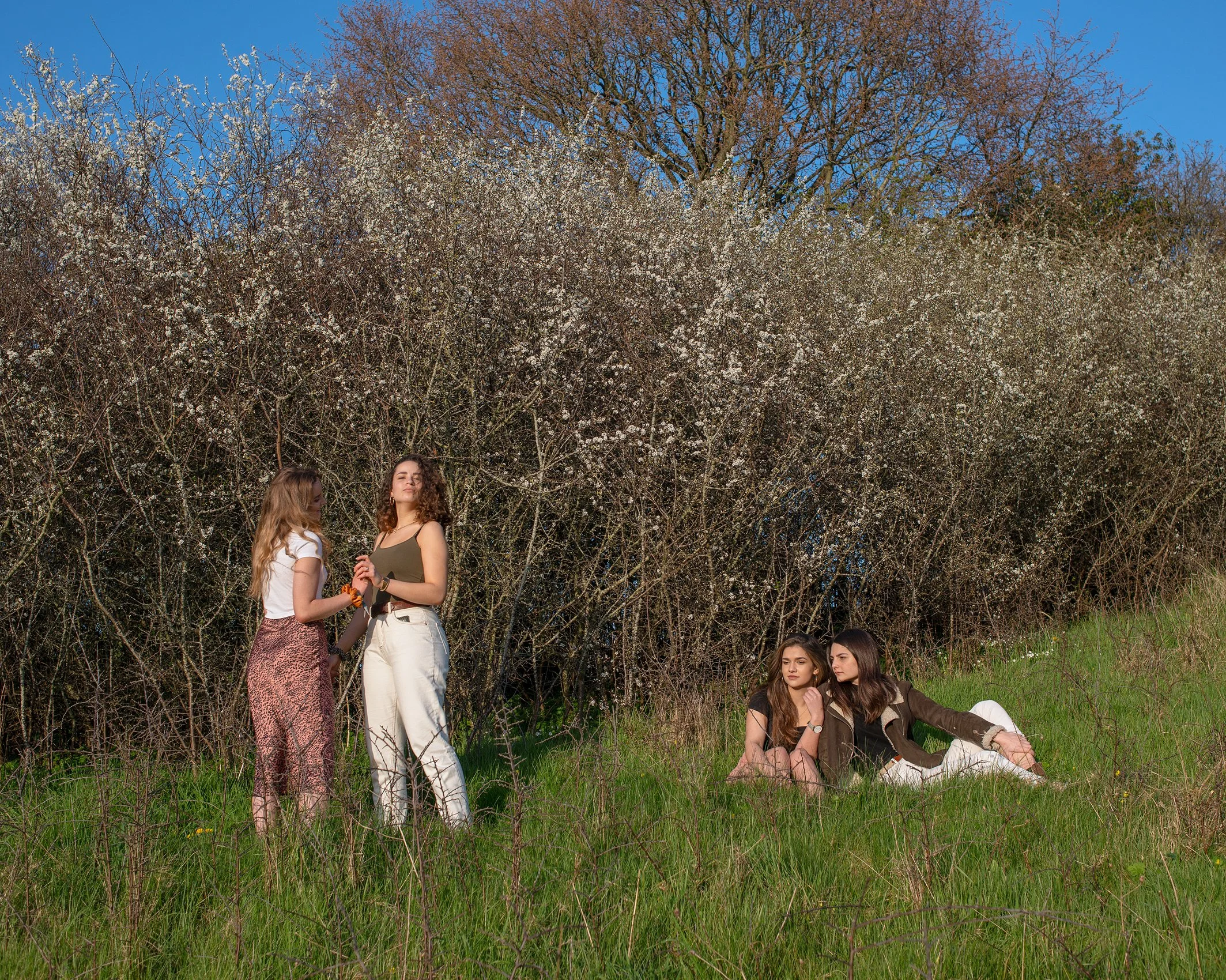
University Friends, Playing Fields
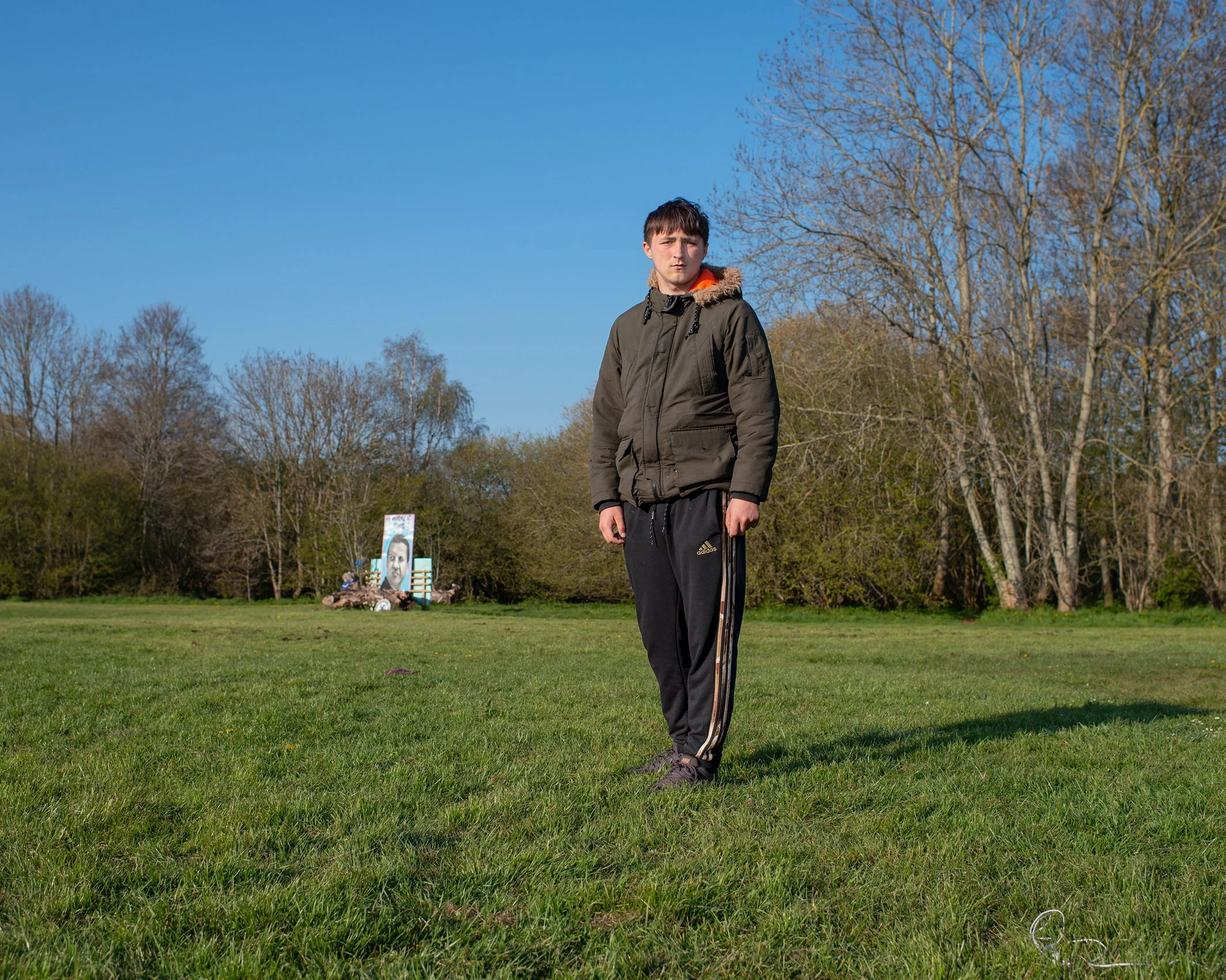
Callum, Playing Fields
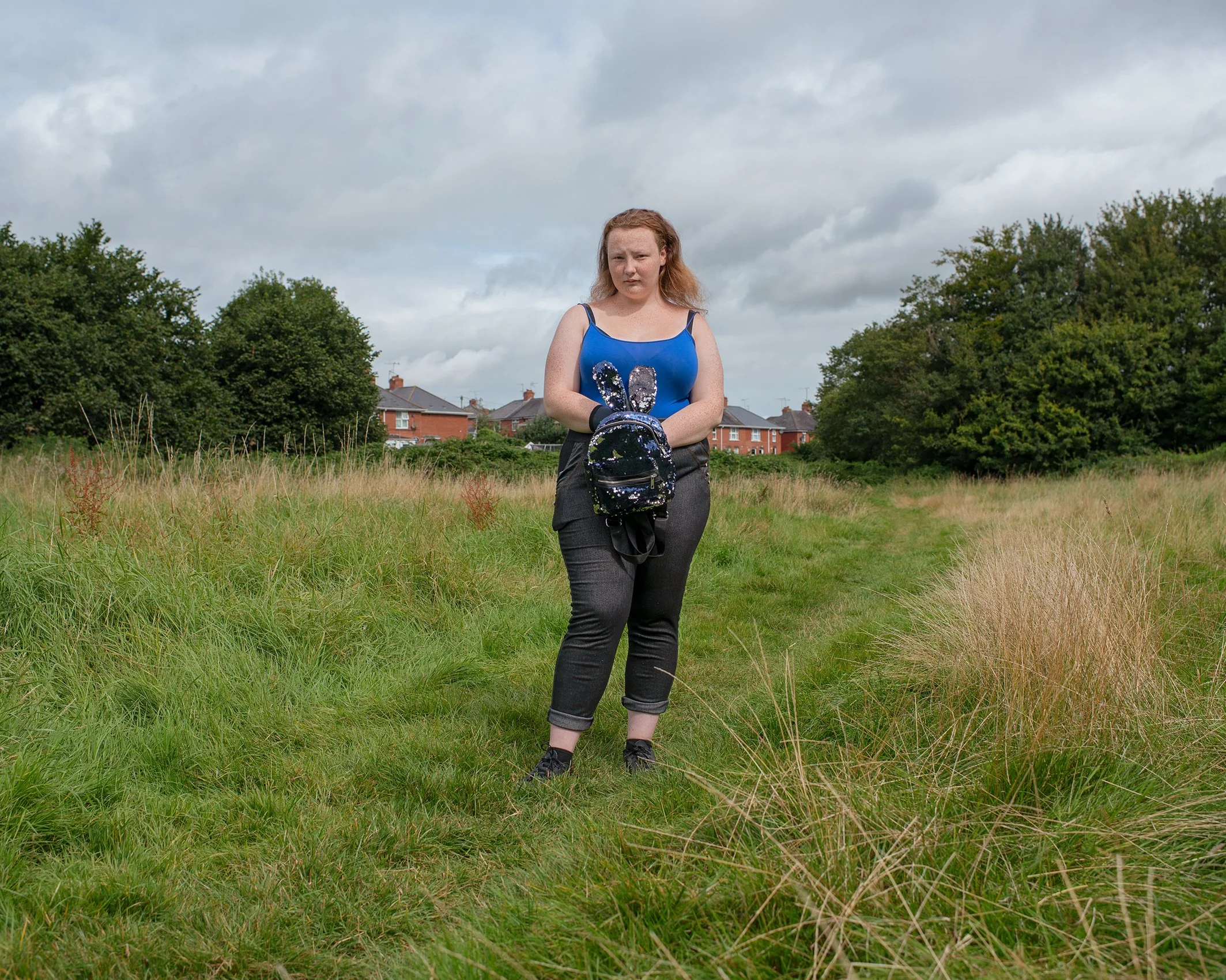
Katherine
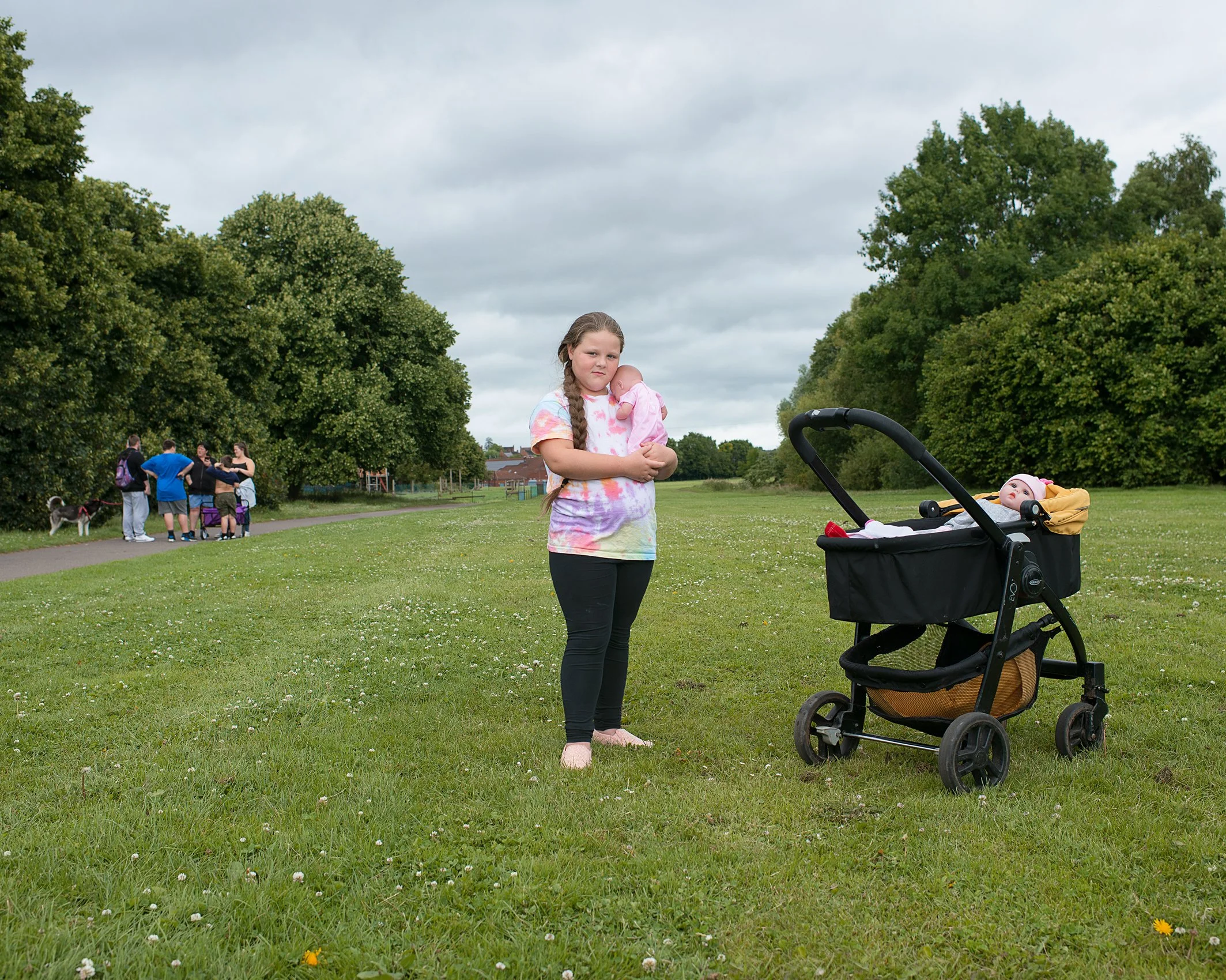
Charmaine with doll, Playing Fields
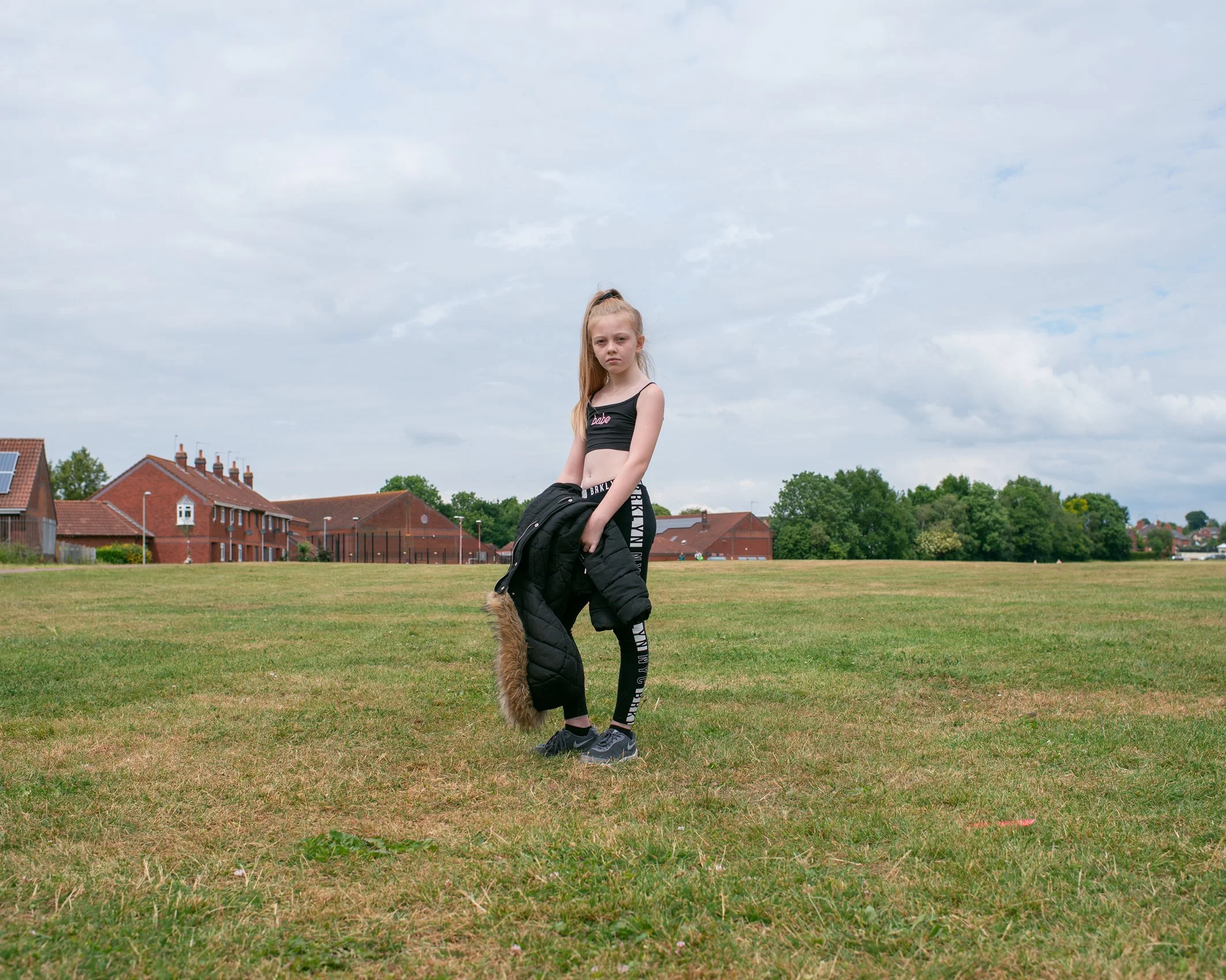
Mollie, Playing Fields
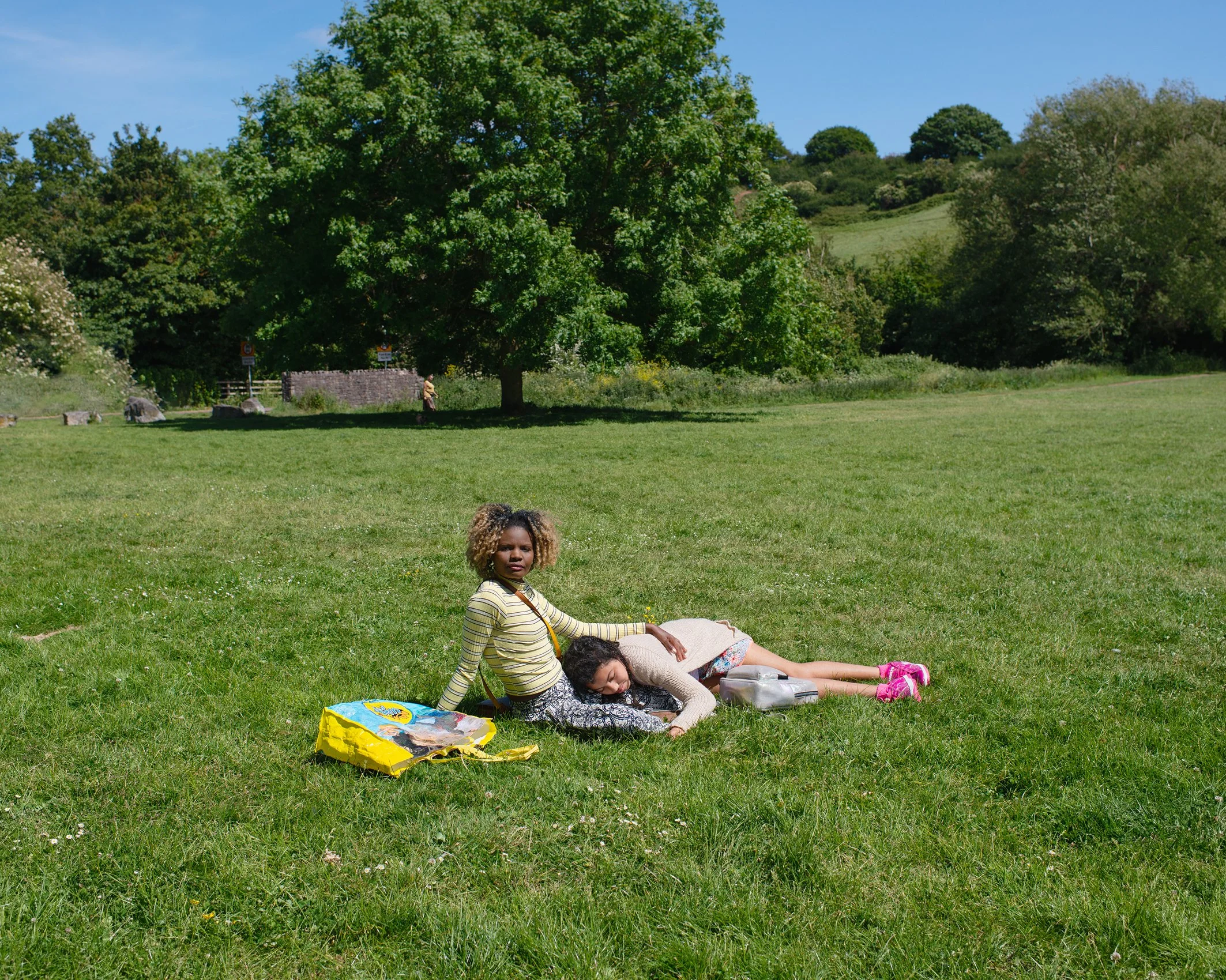
Jane and daughter Milan, Playing Fields
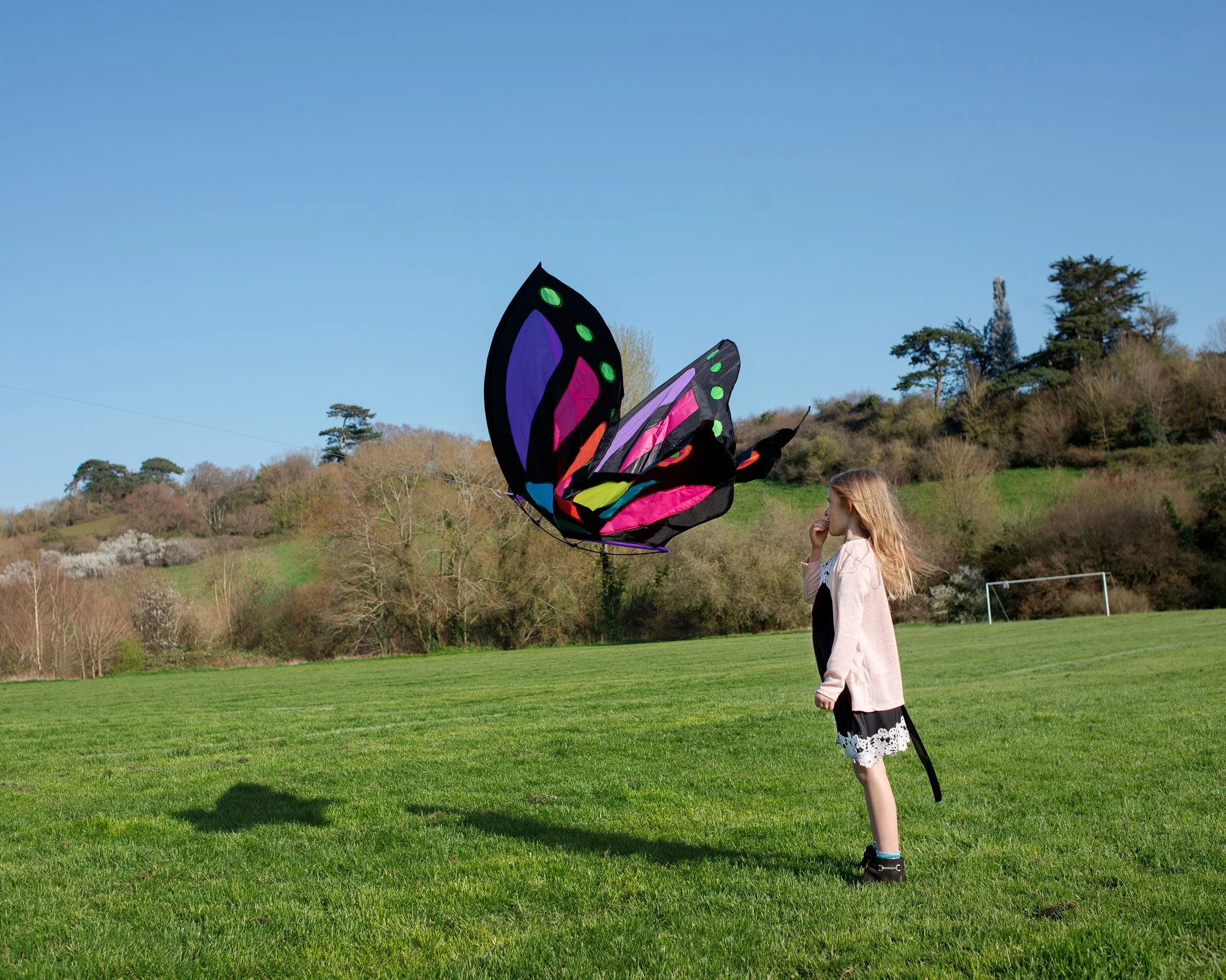
Young girl with kite, Playing Fields

Children enjoying first day of Eid, Playing Fields
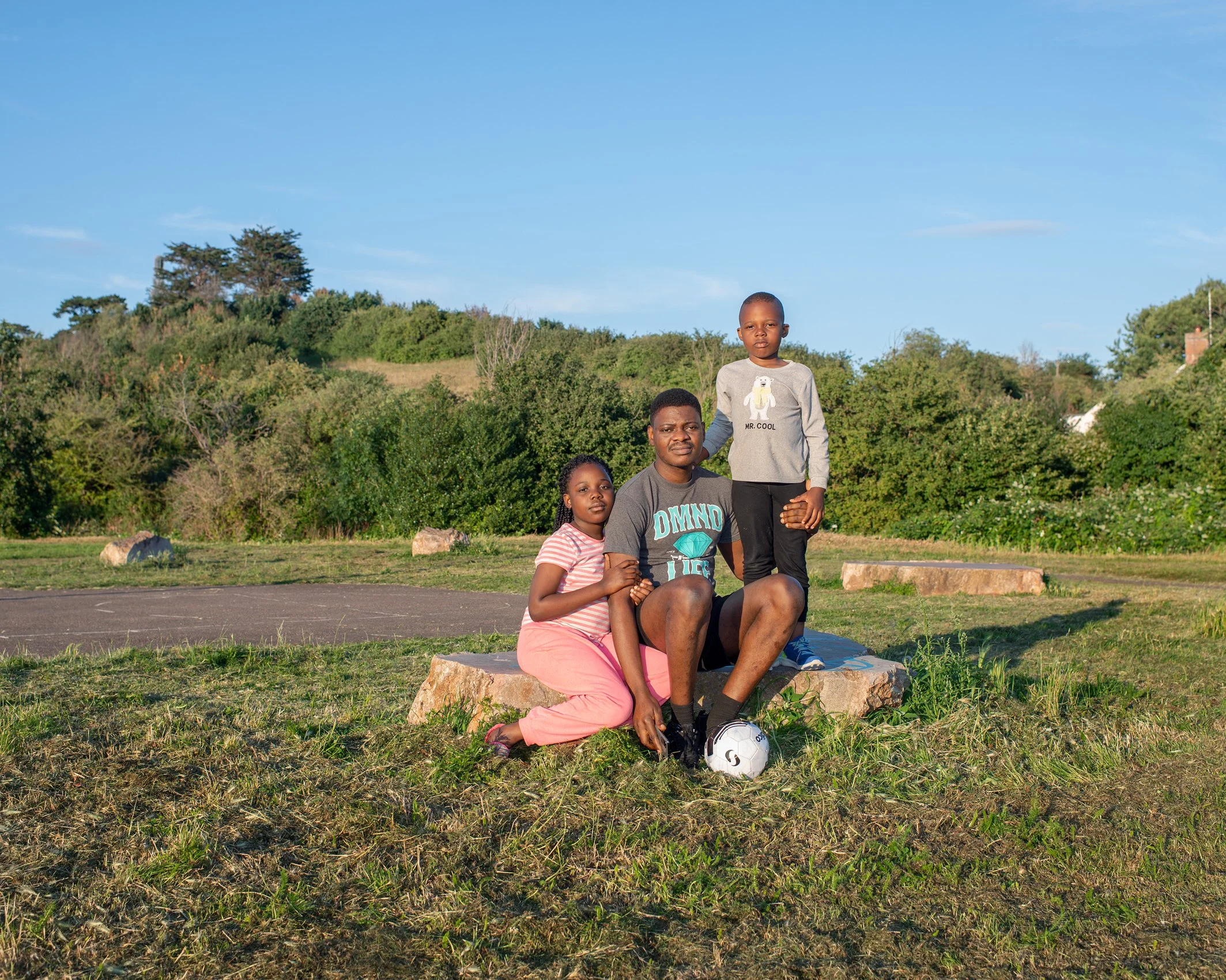
Caleb and his children Dorcas and Solomon, Playing Fields

Ella, Kiera and Tia, Playing Fields
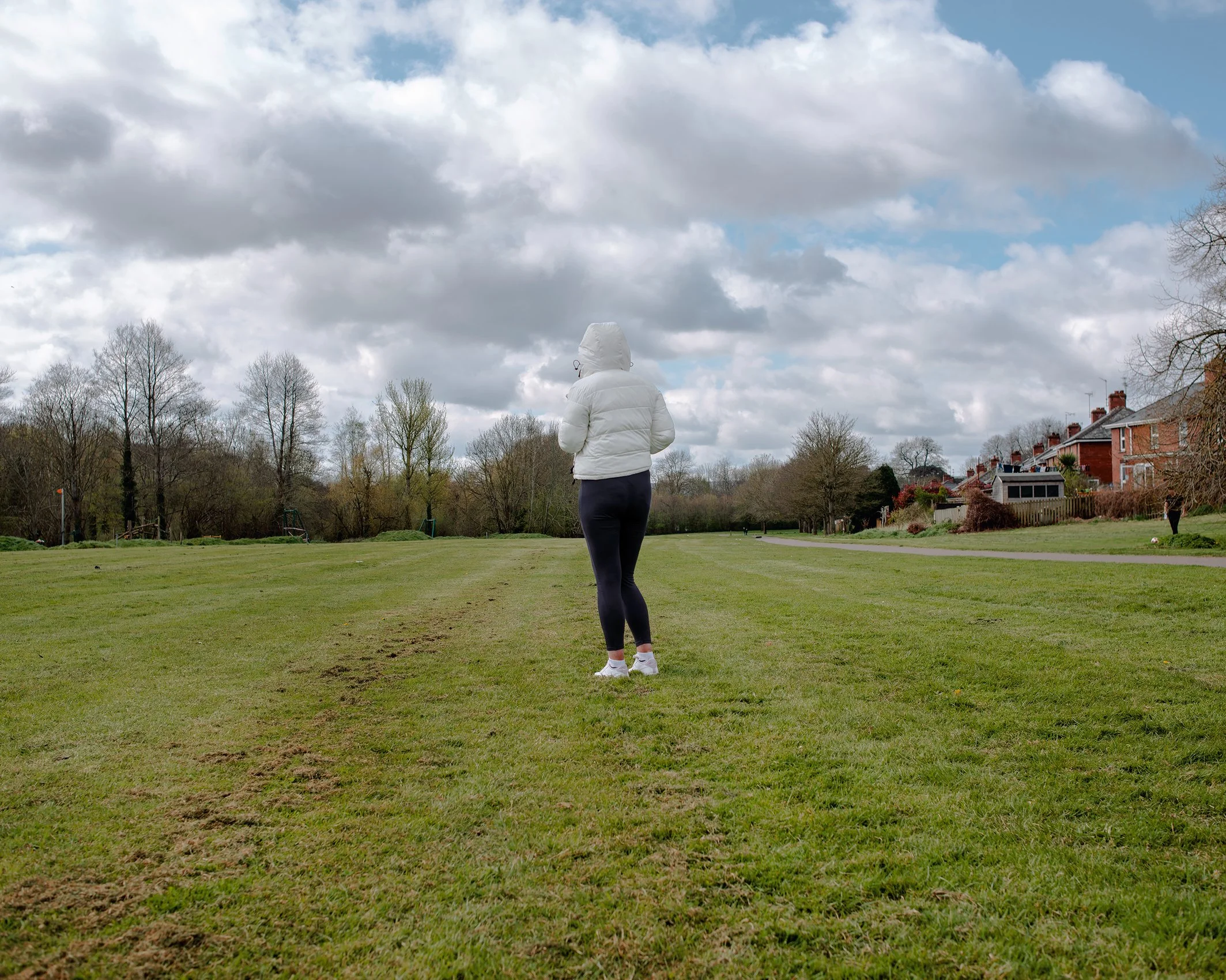
Girl, Playing Fields

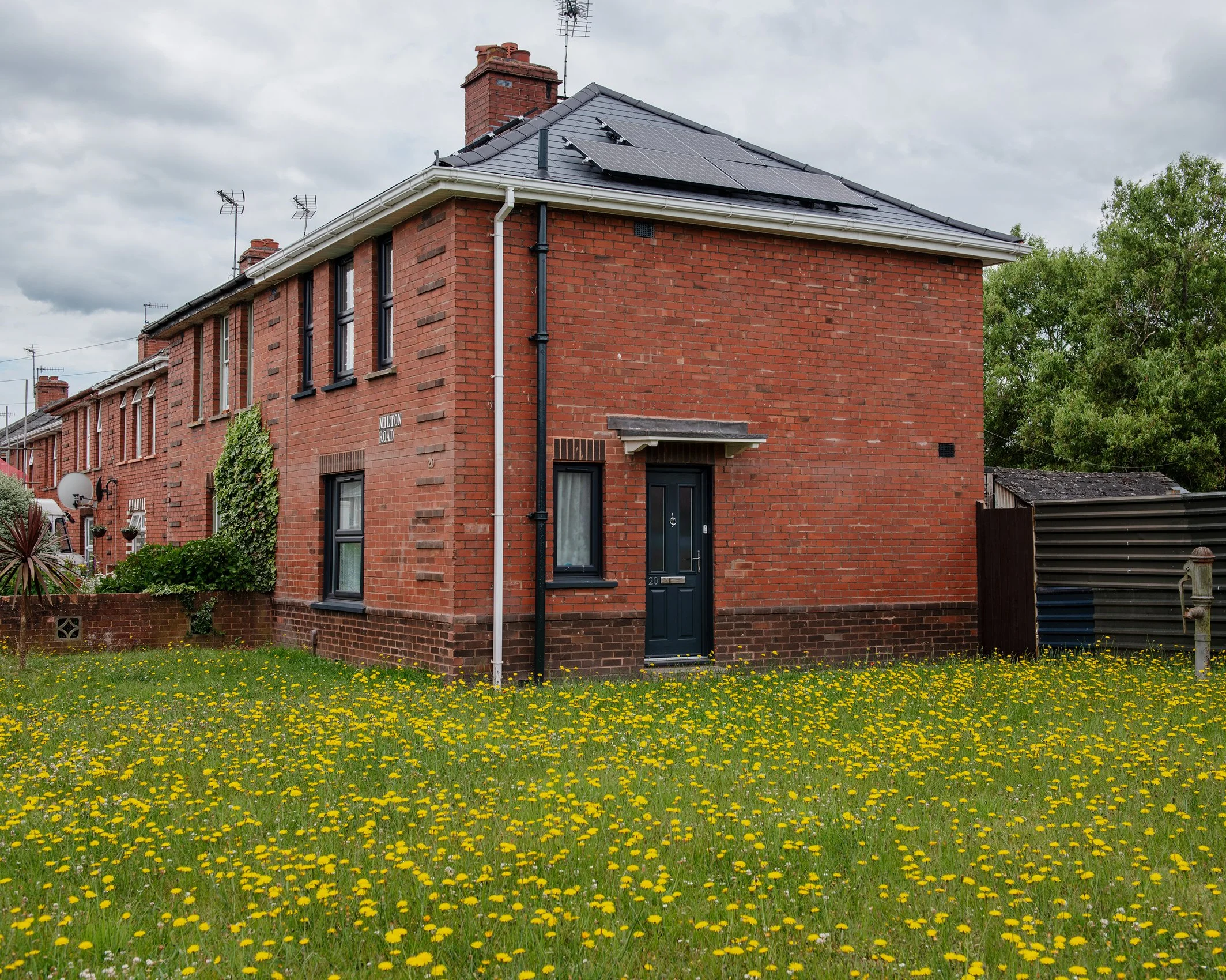
House with Flowers